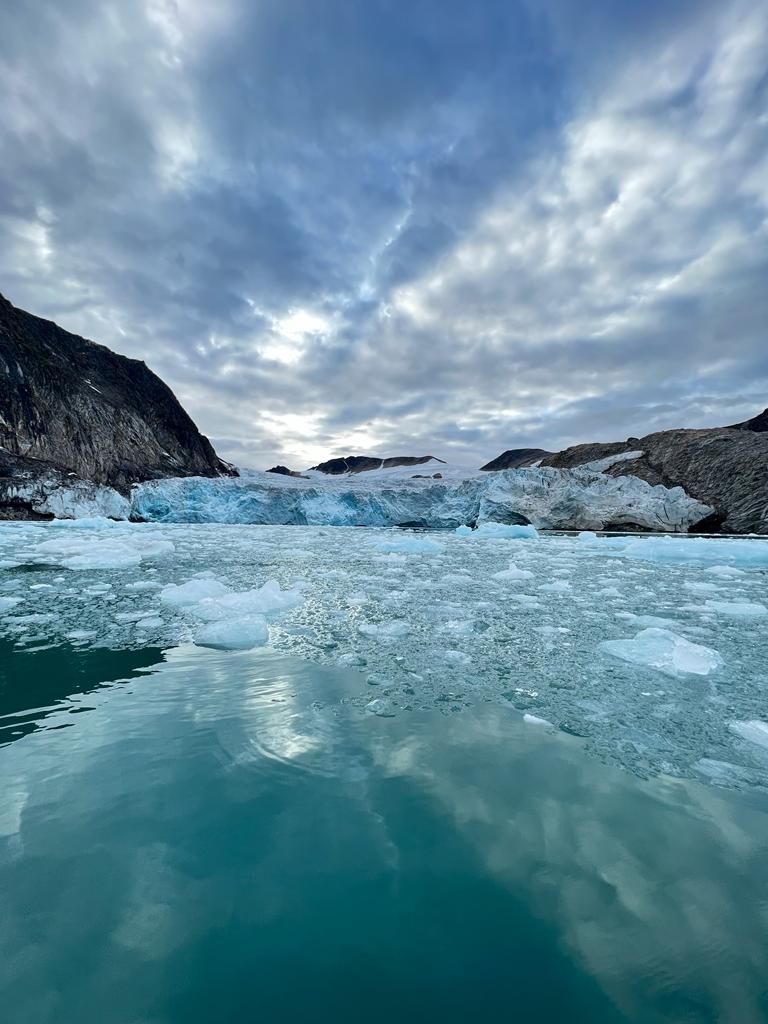Cambodia
Diterbitkan: 19.11.2023
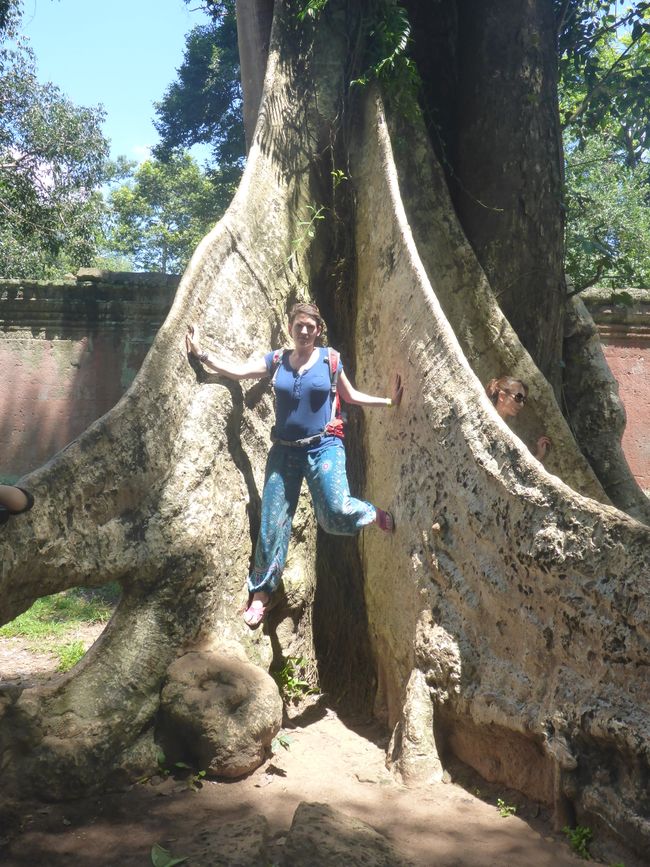
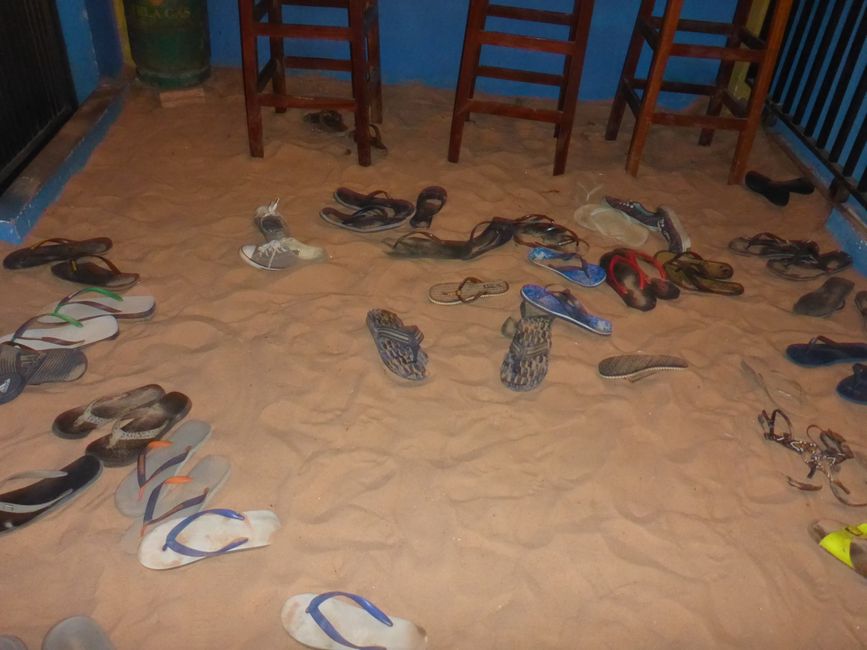
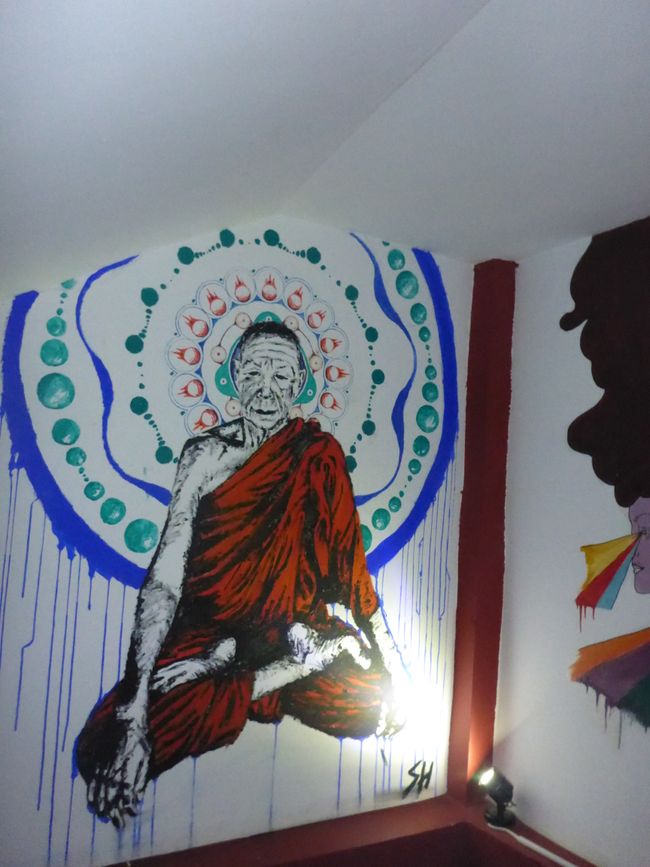
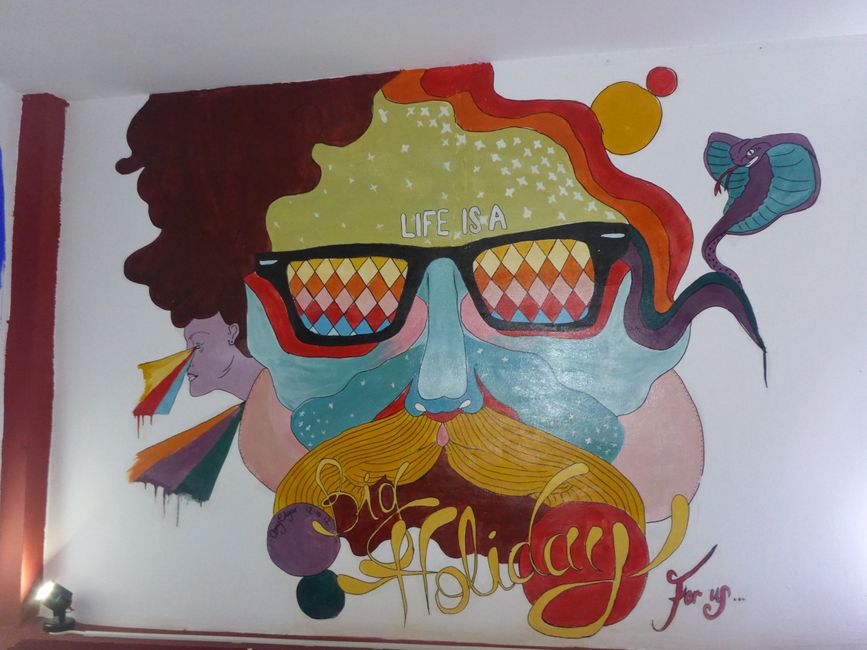

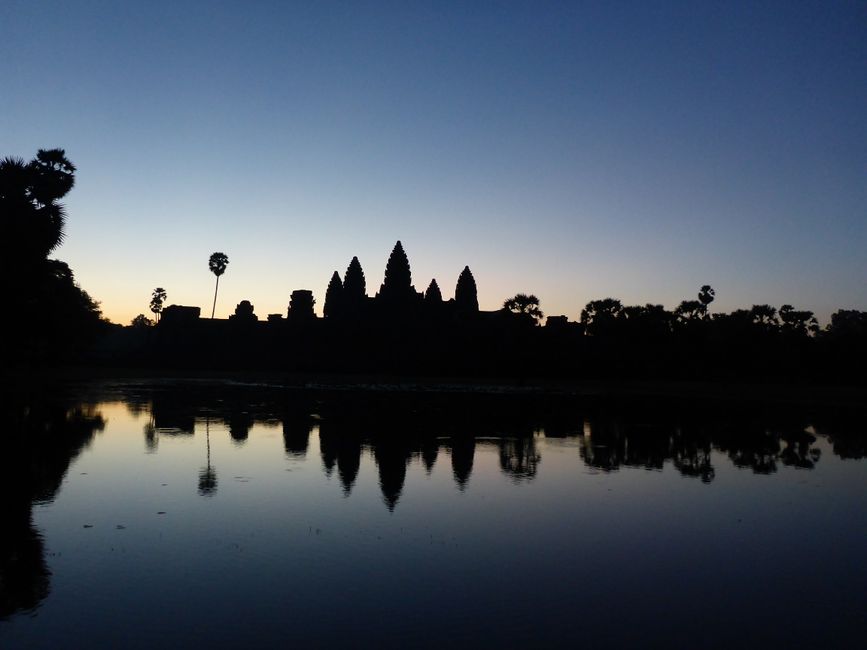
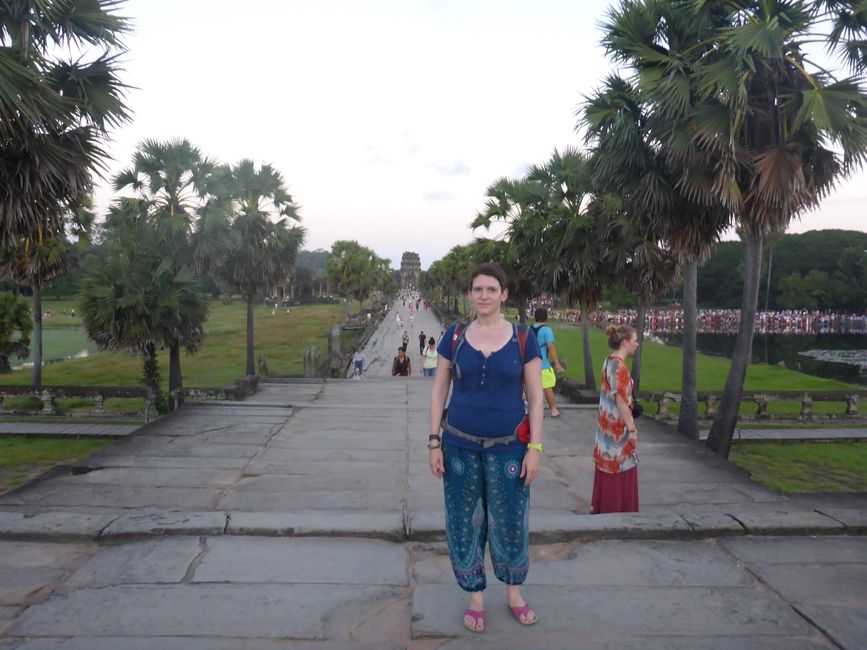
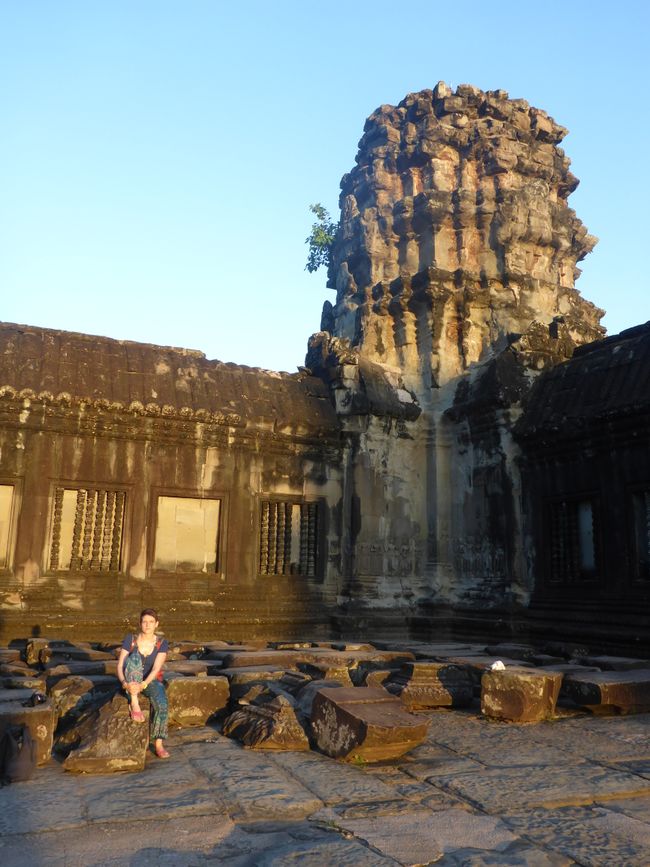
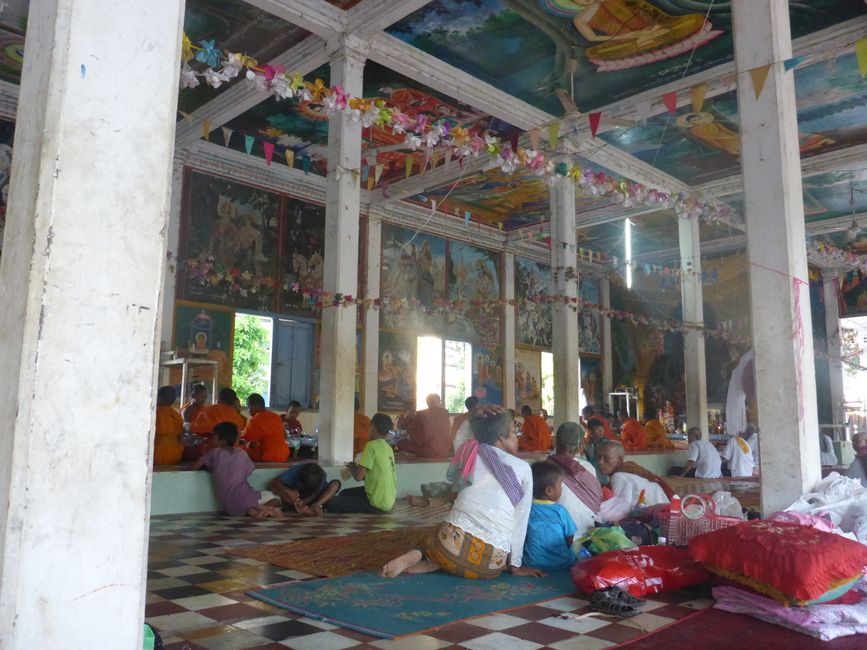
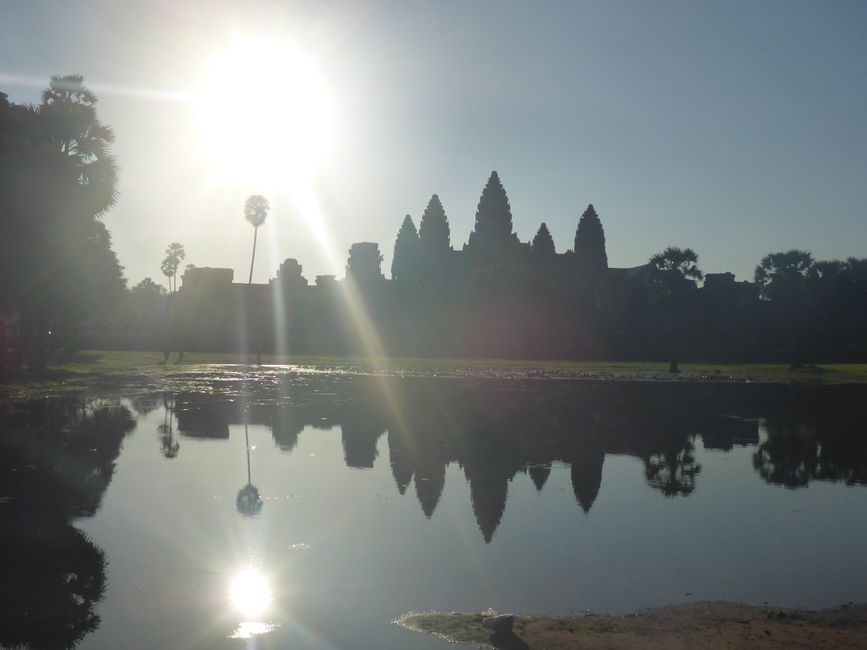
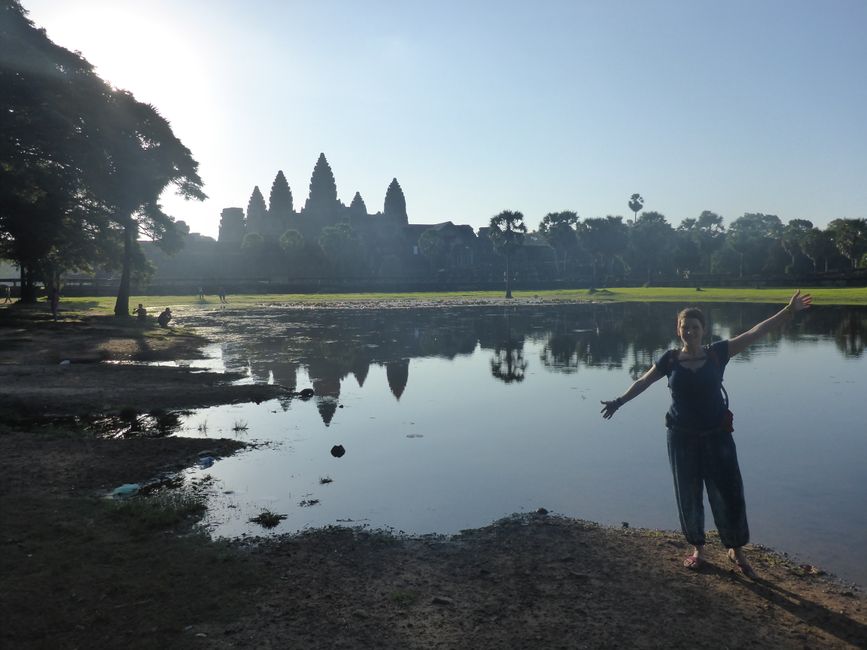
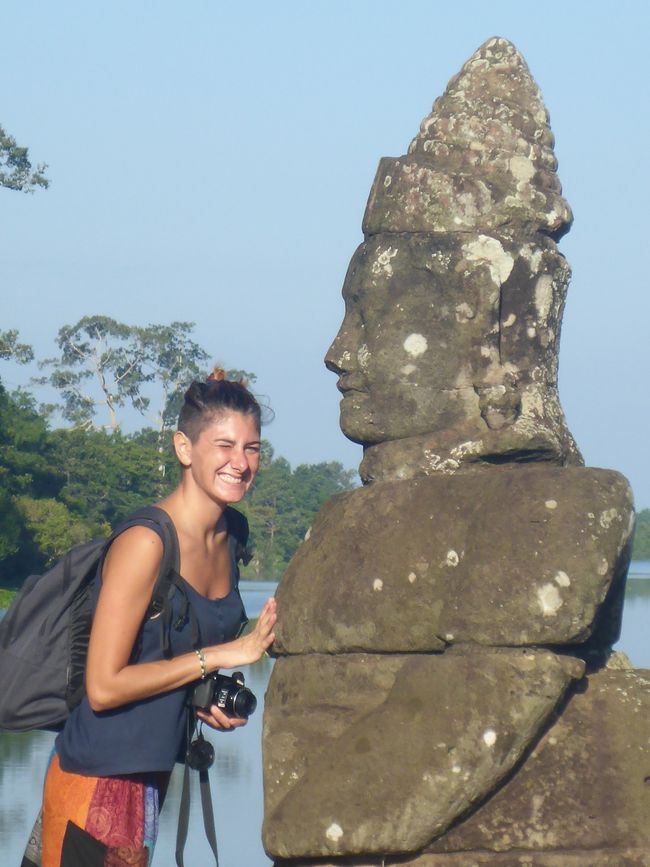
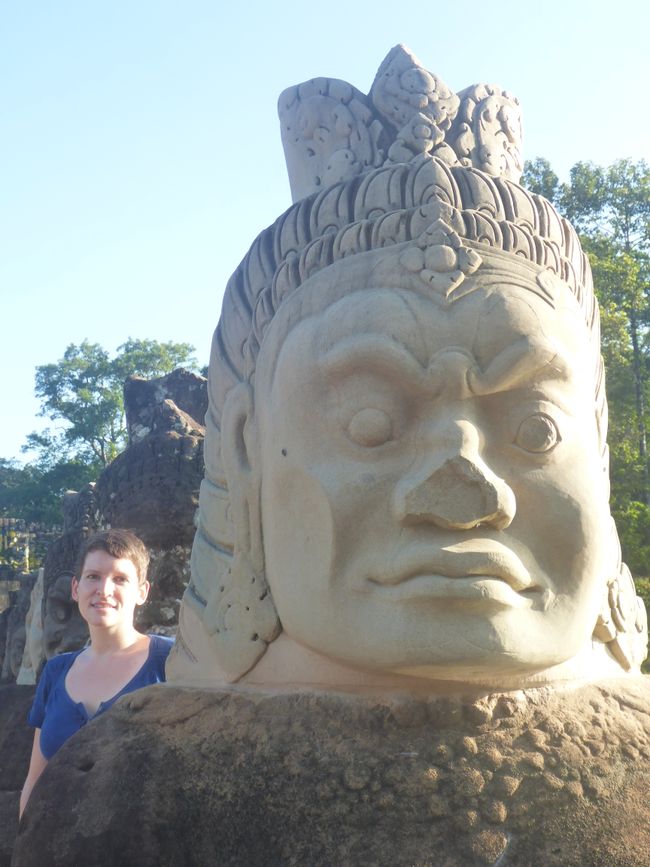
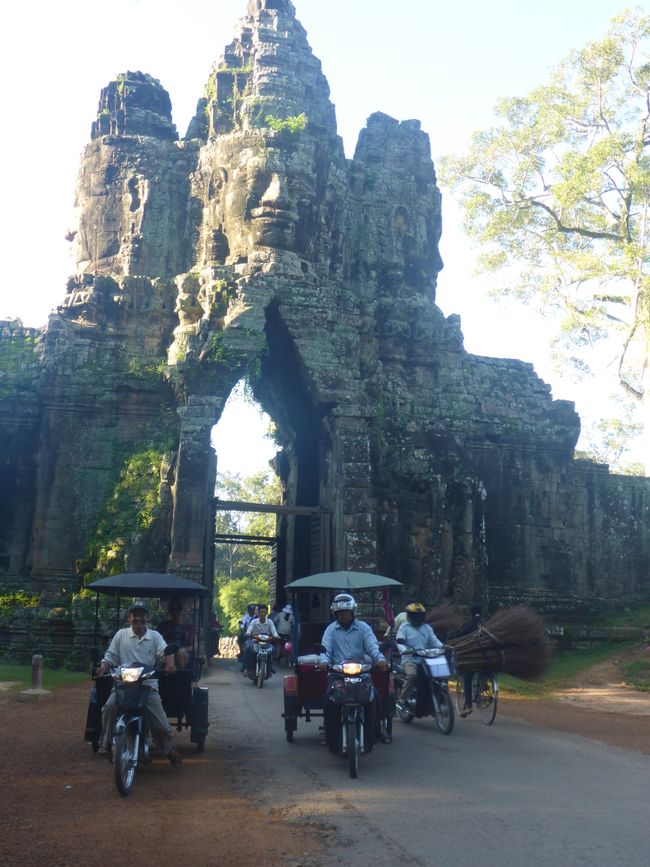
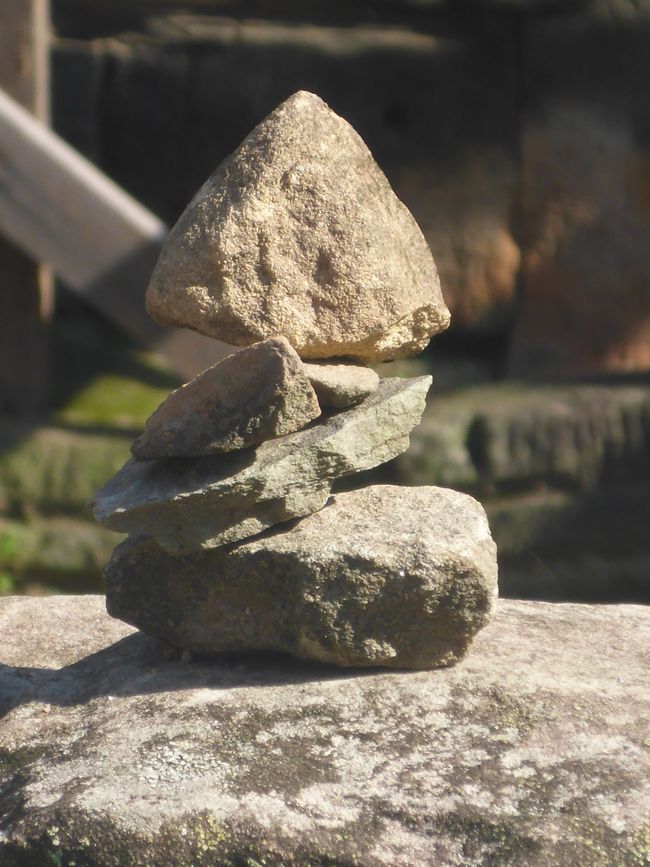

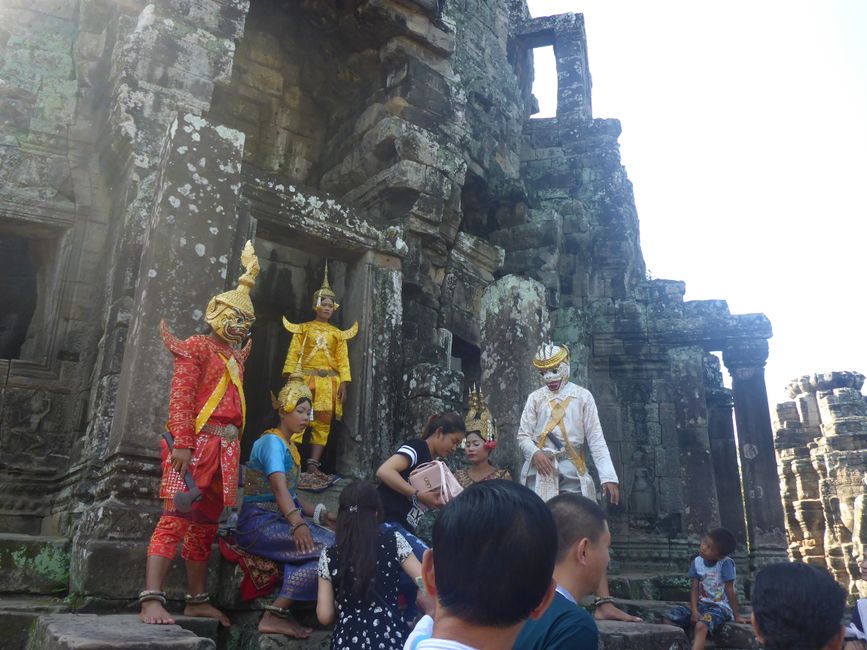
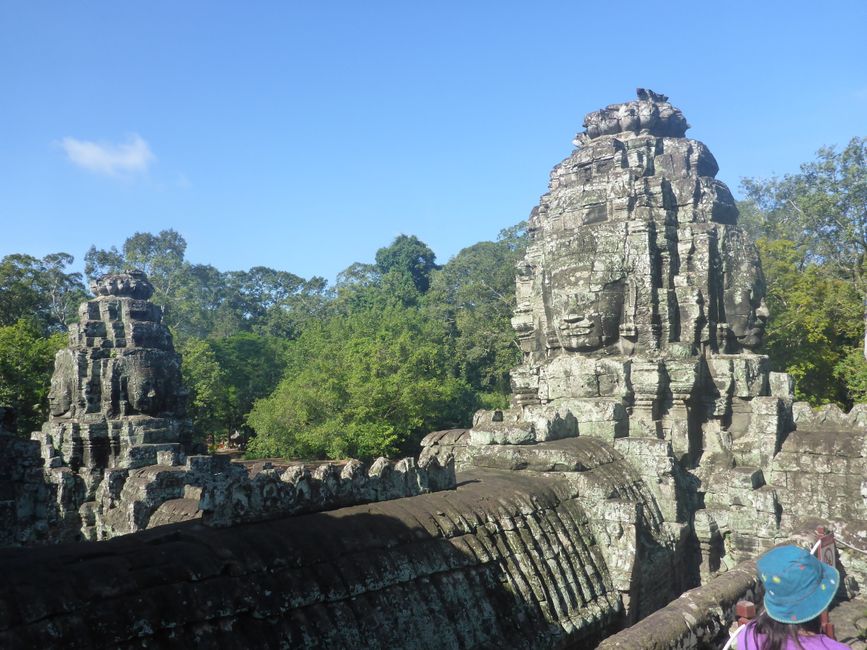
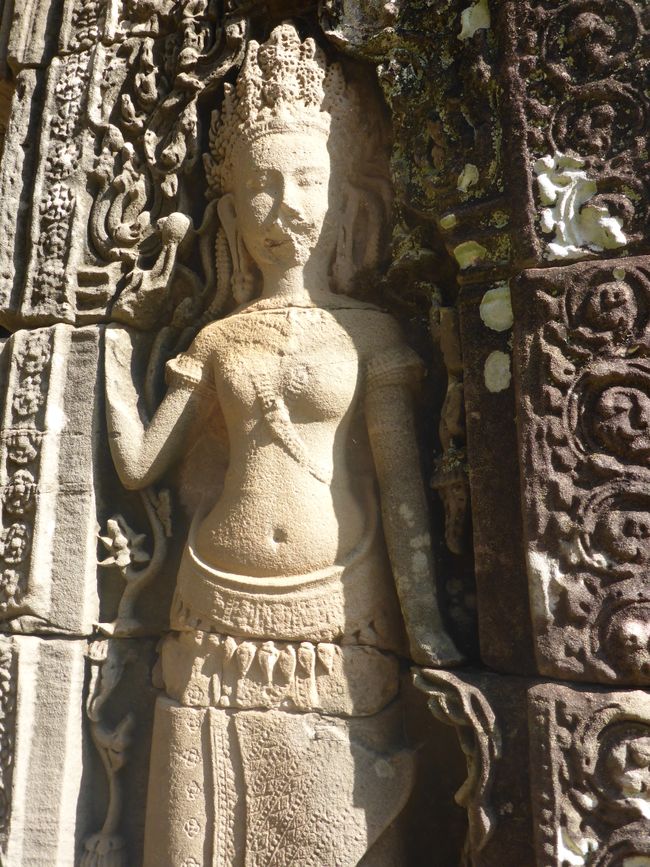
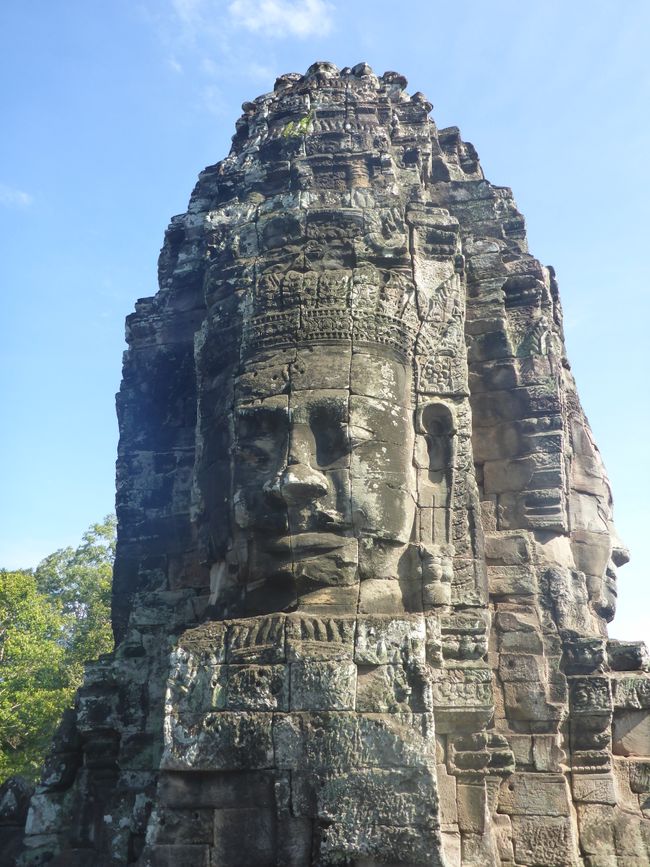
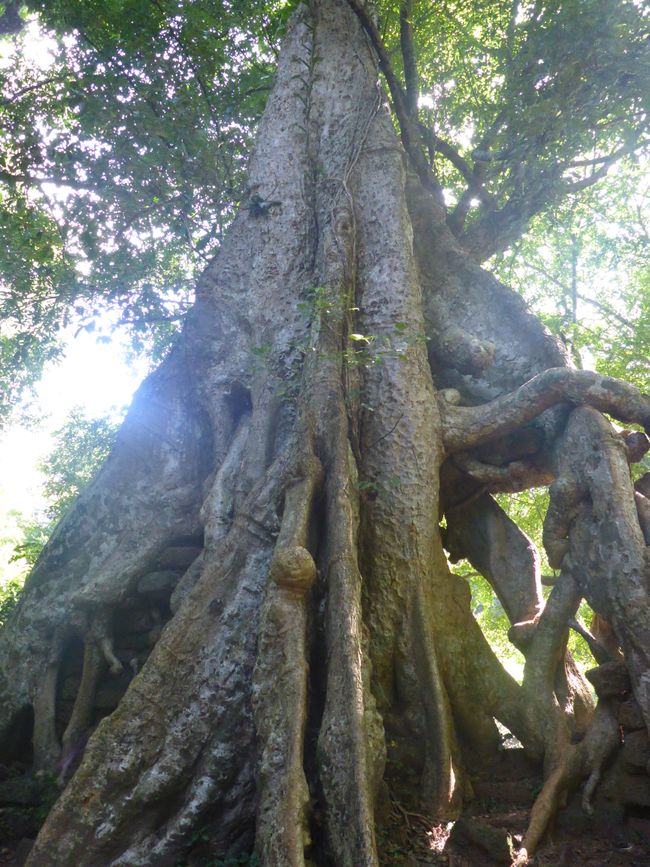
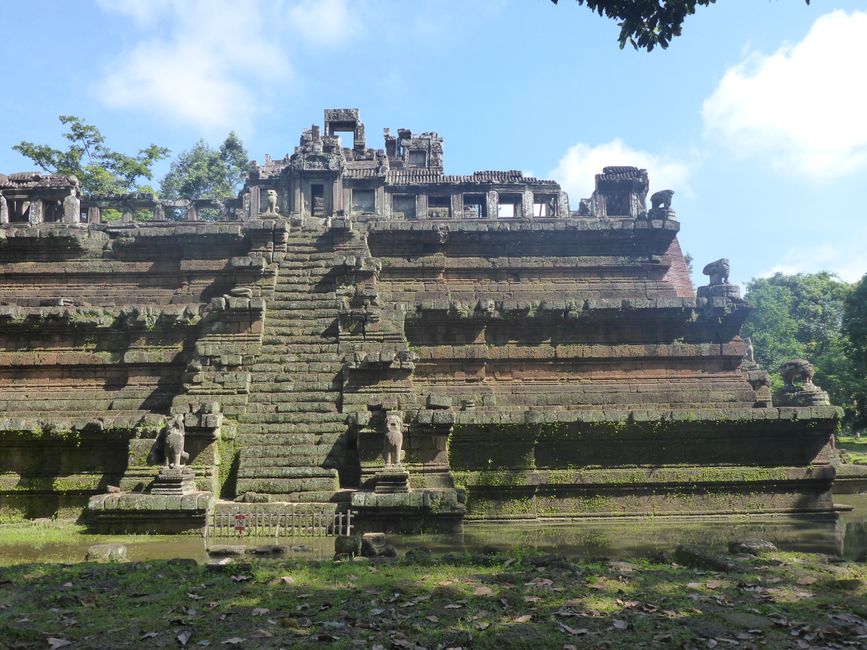
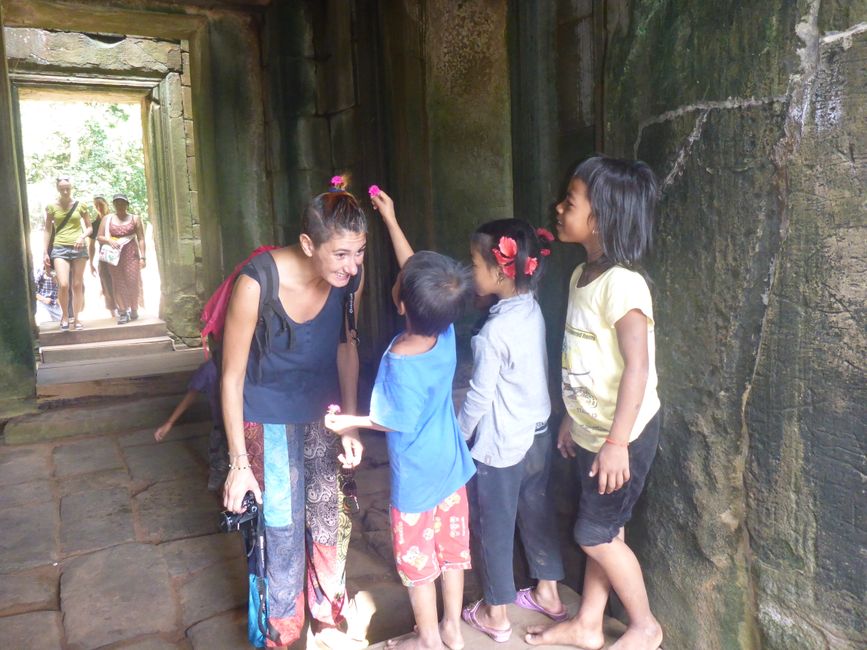

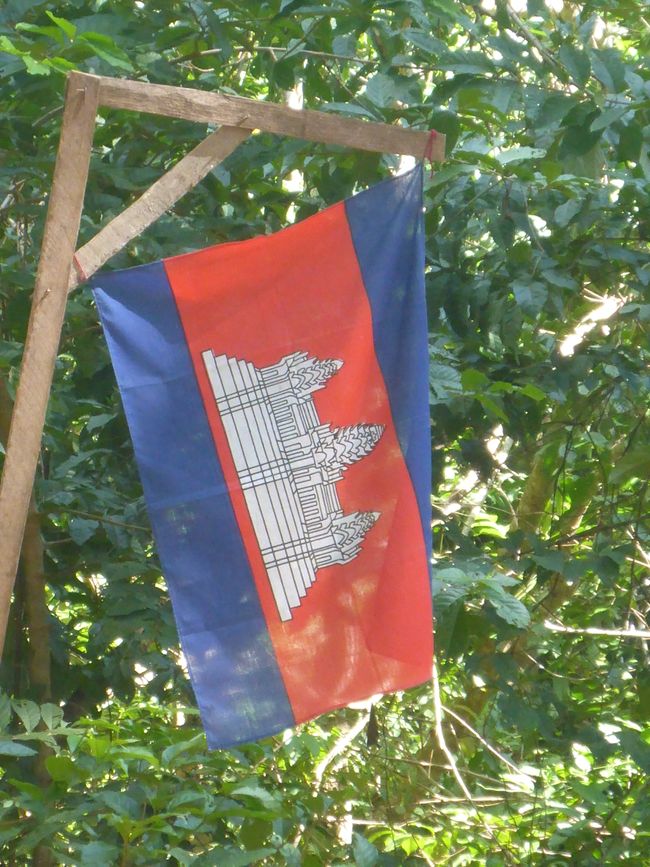
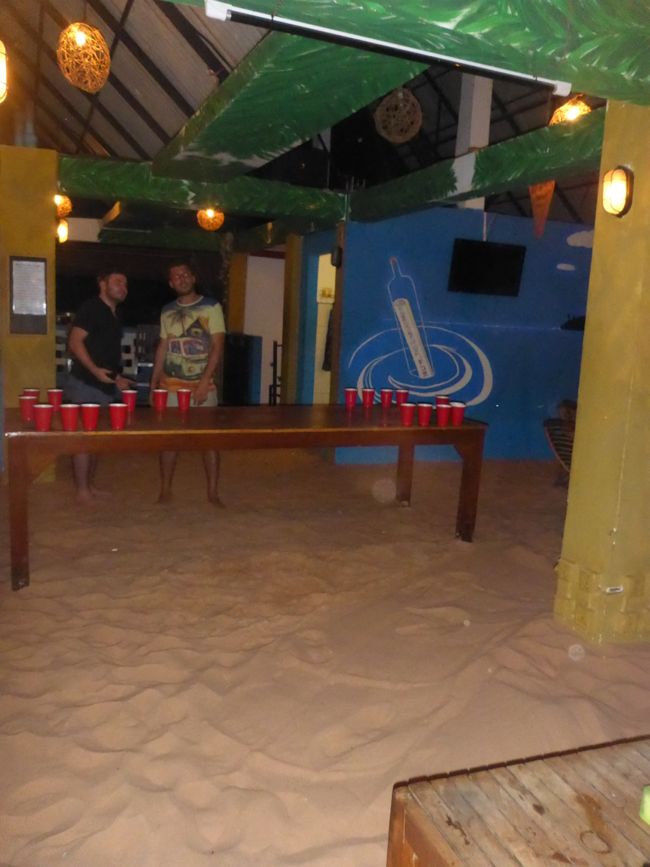
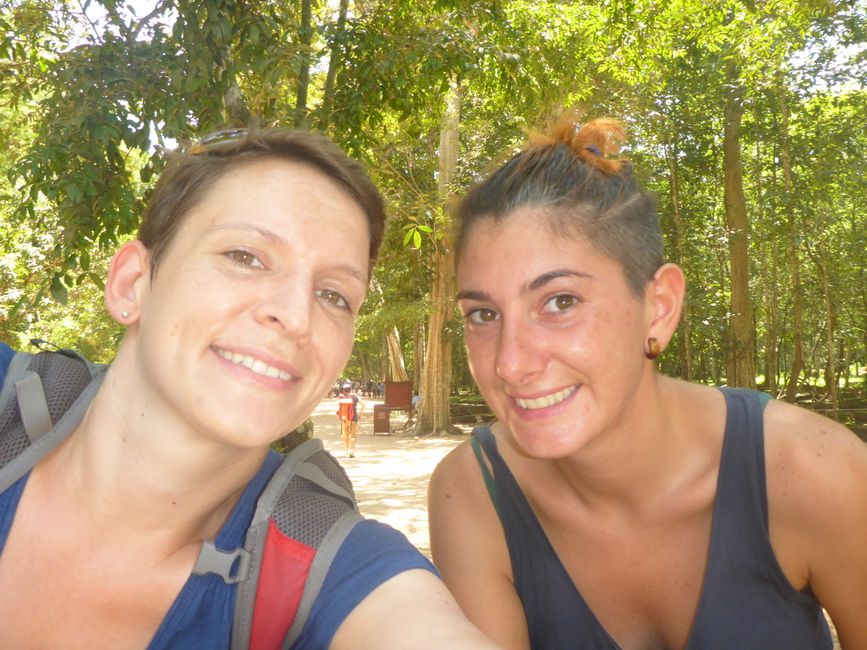
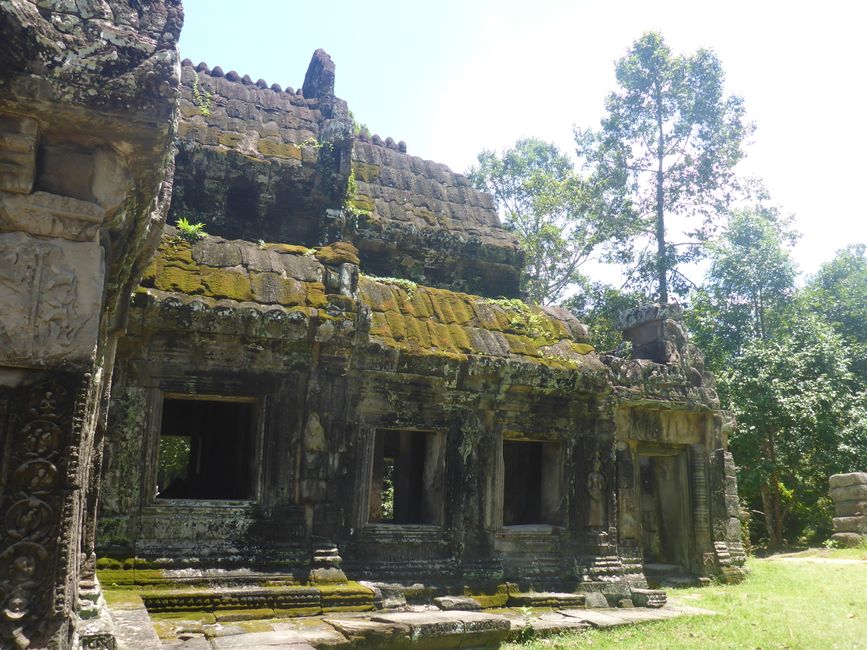
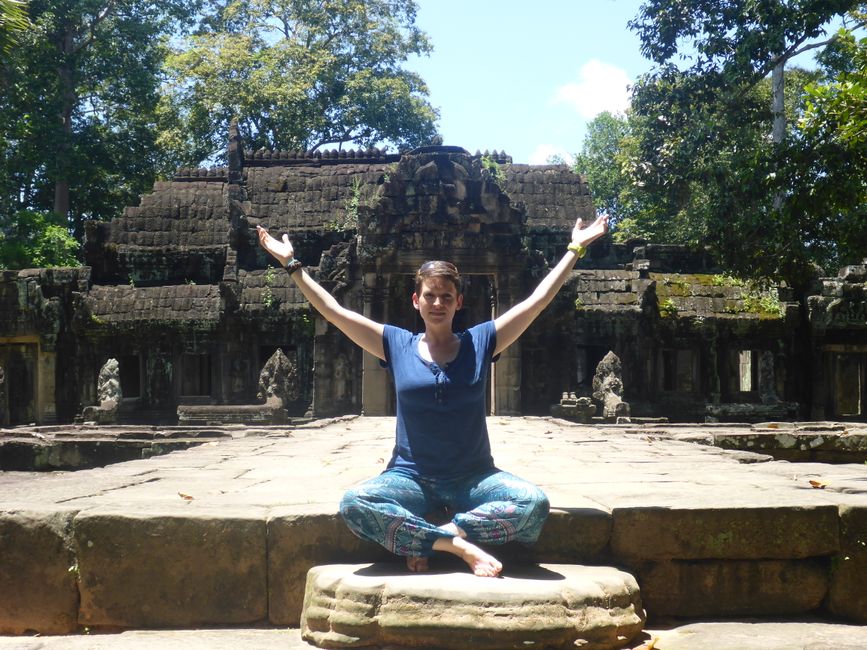
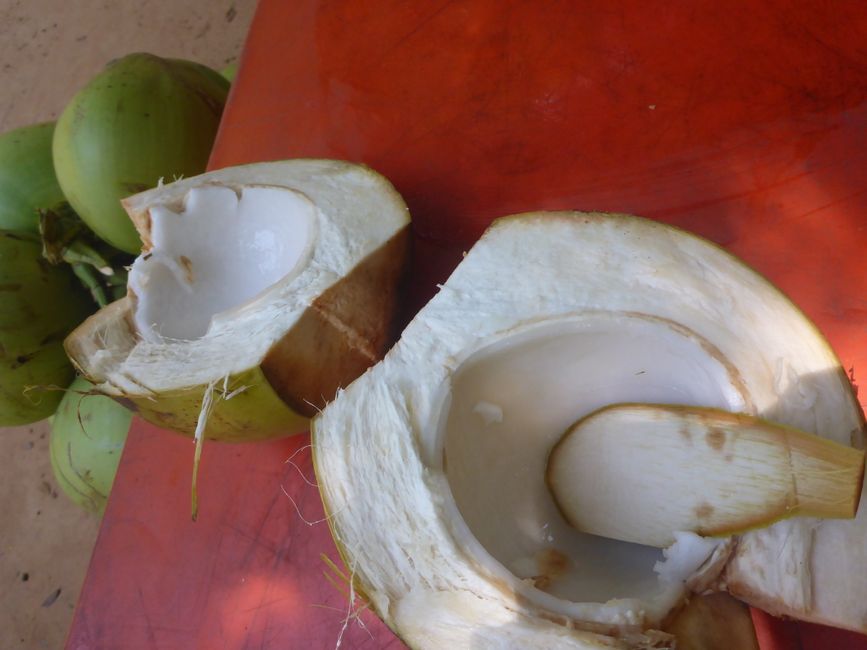
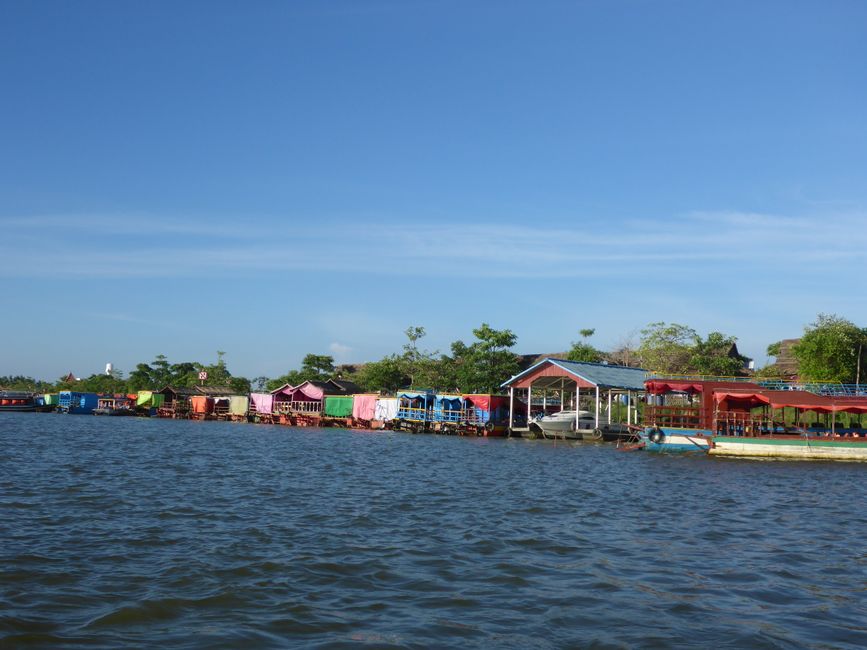

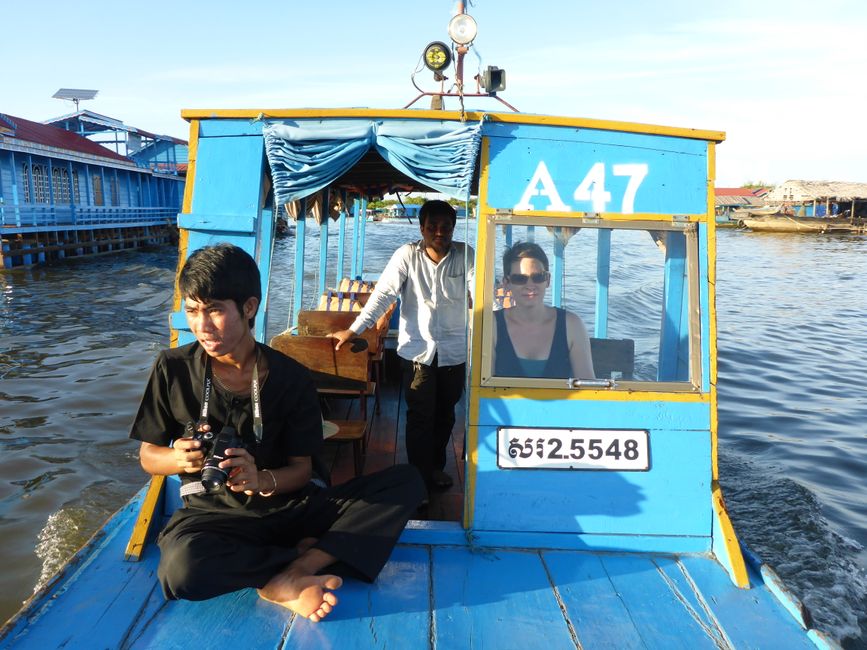
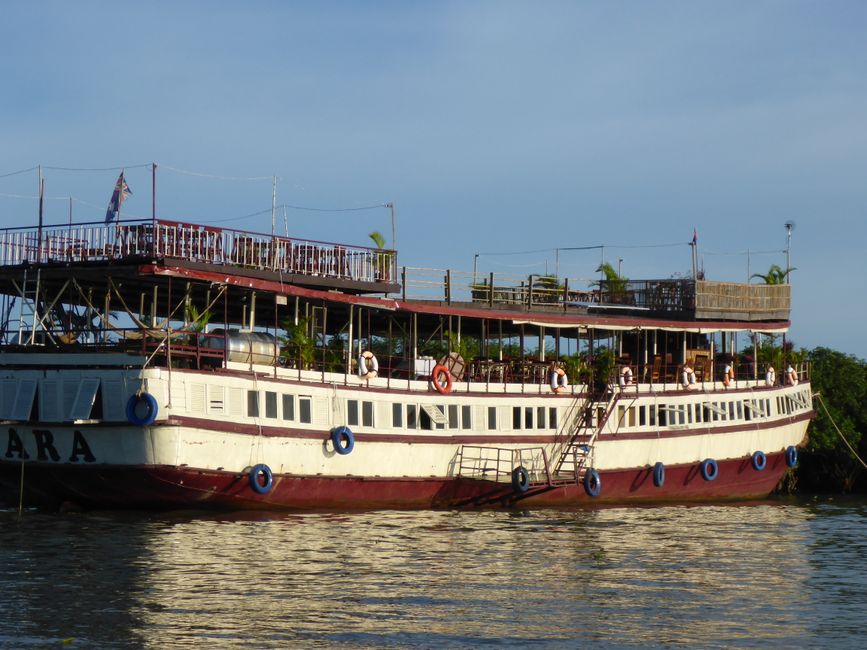
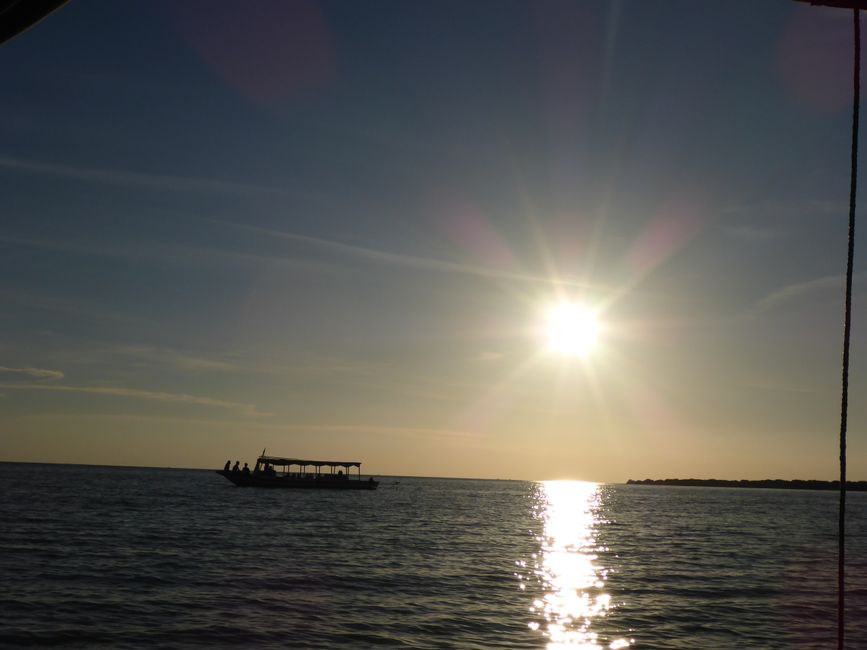
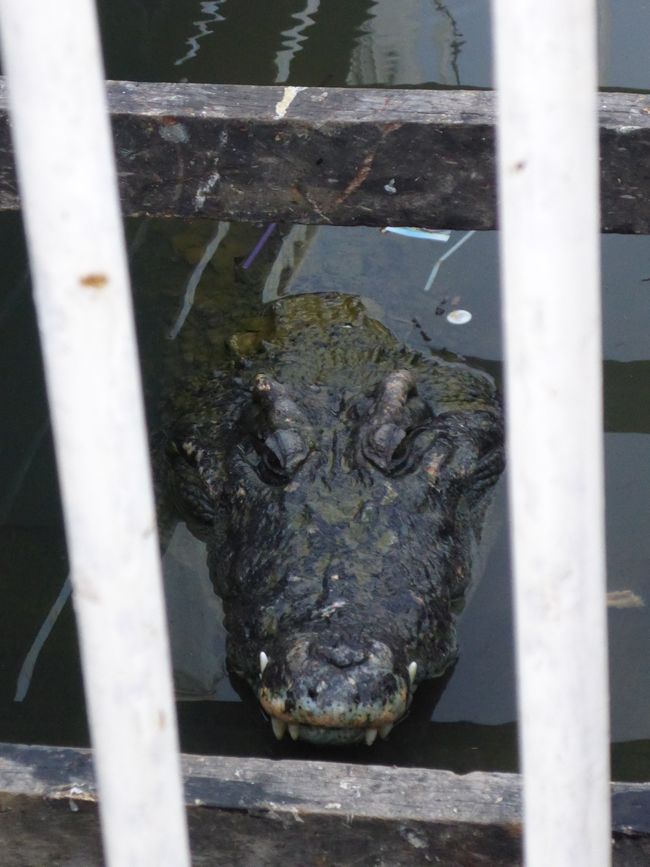

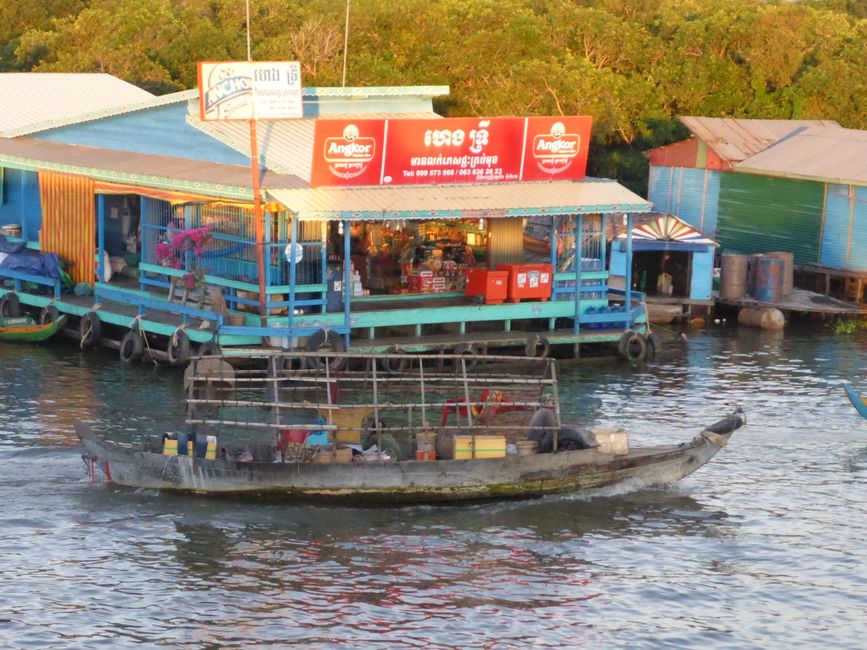
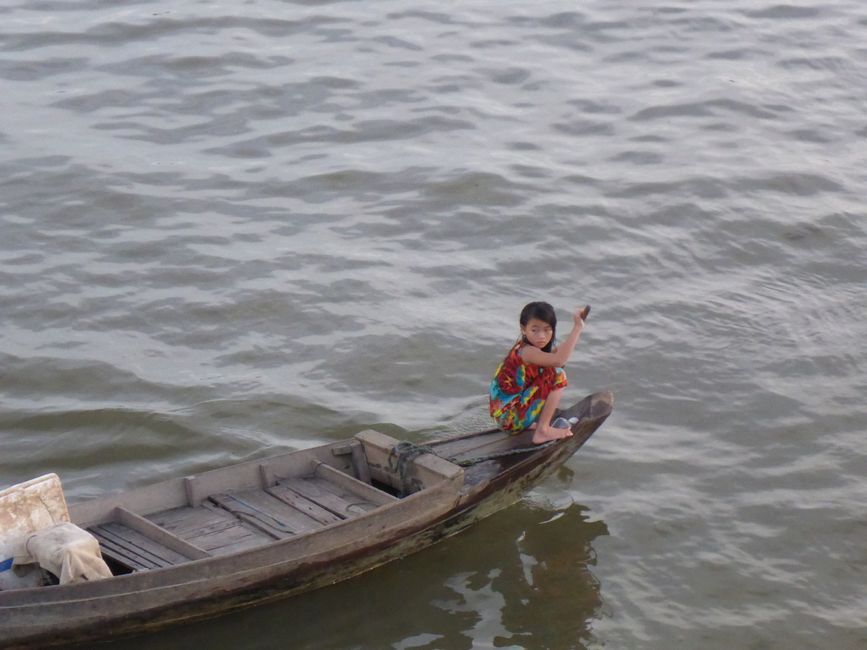


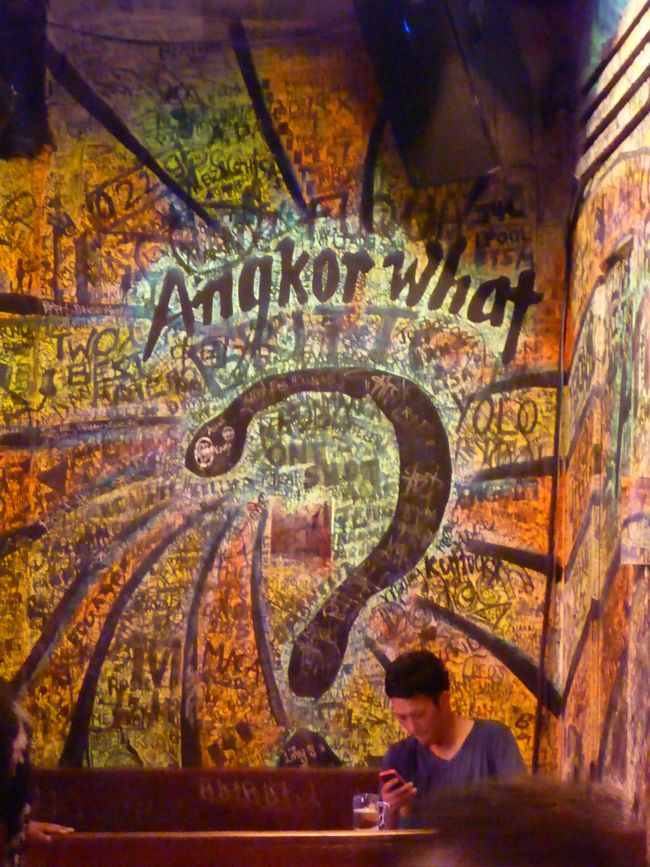

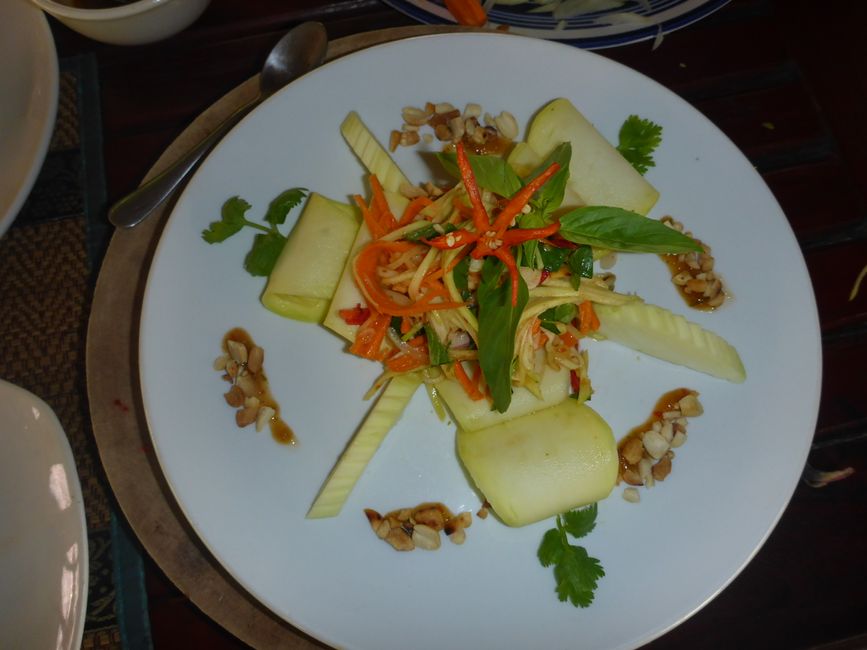
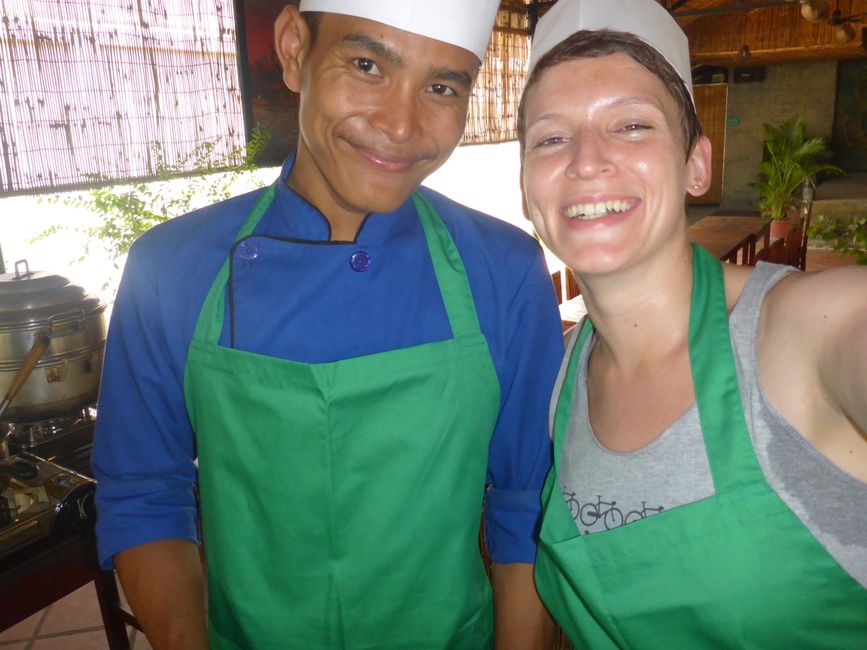
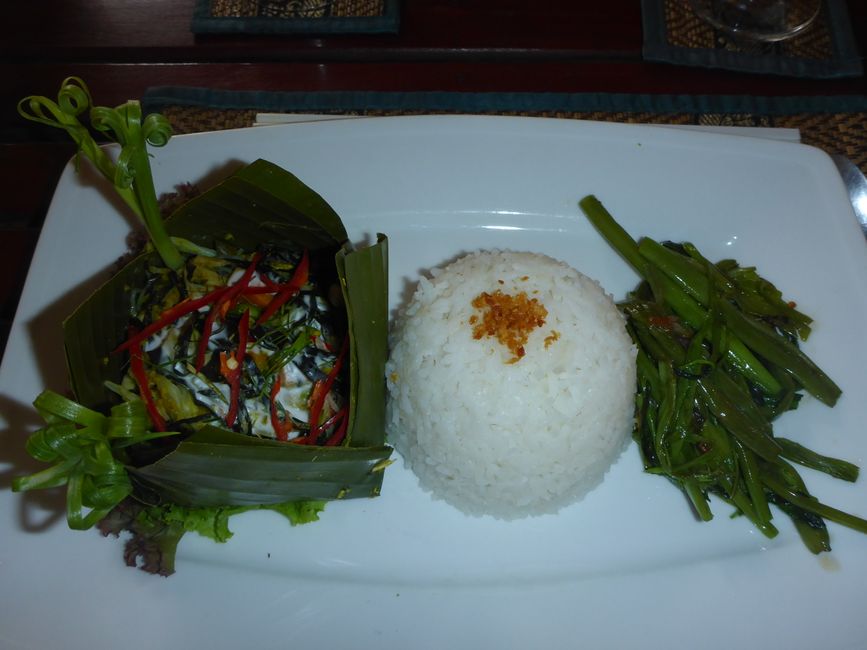
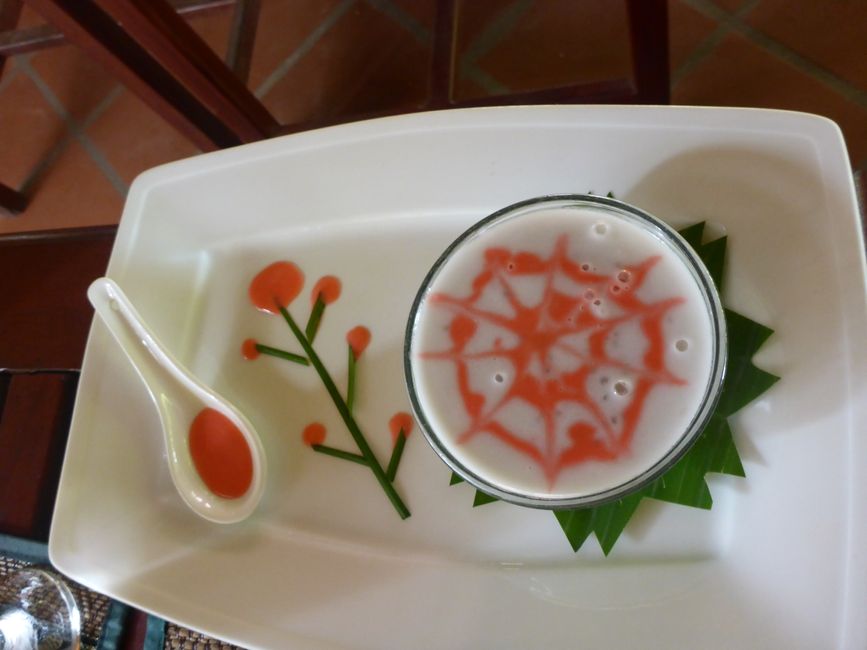

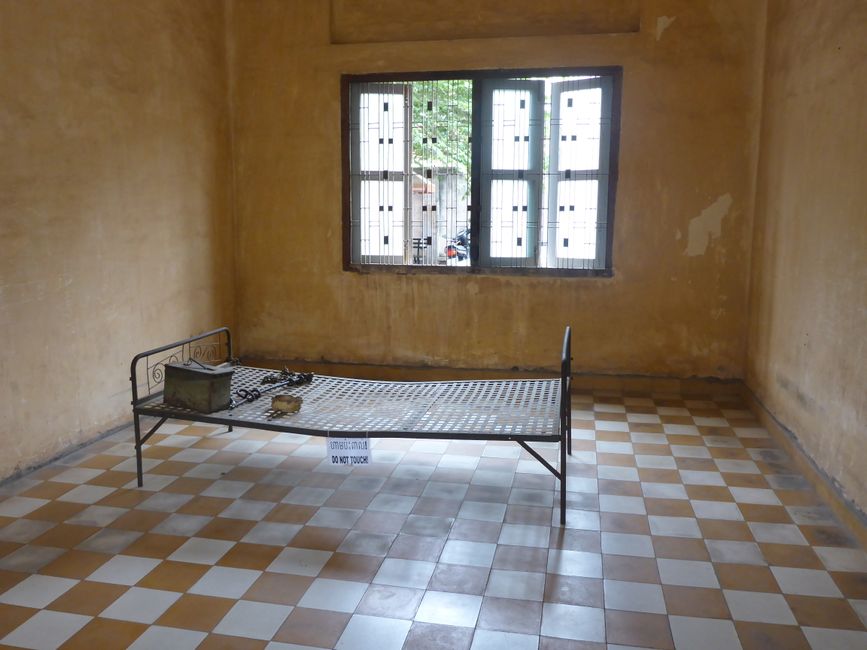
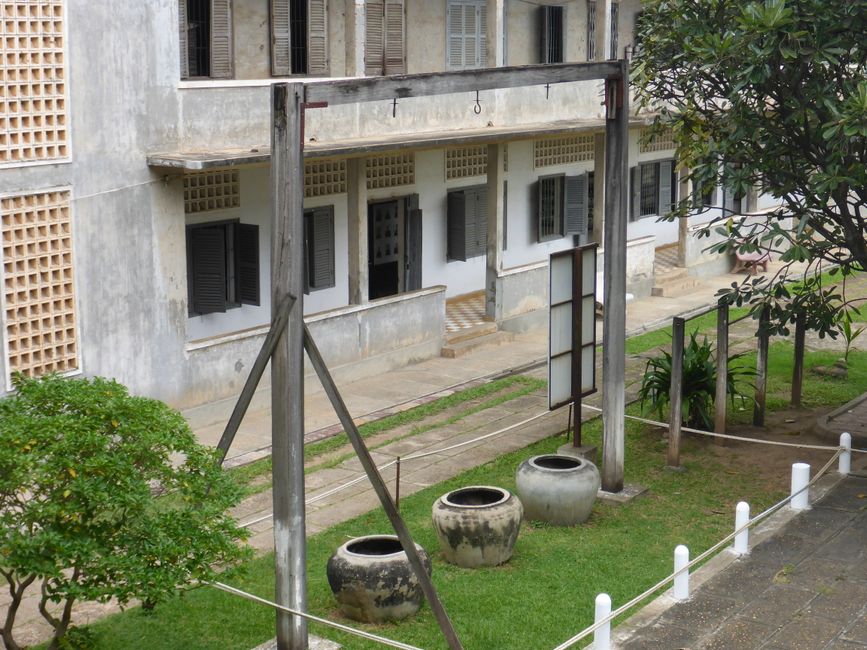
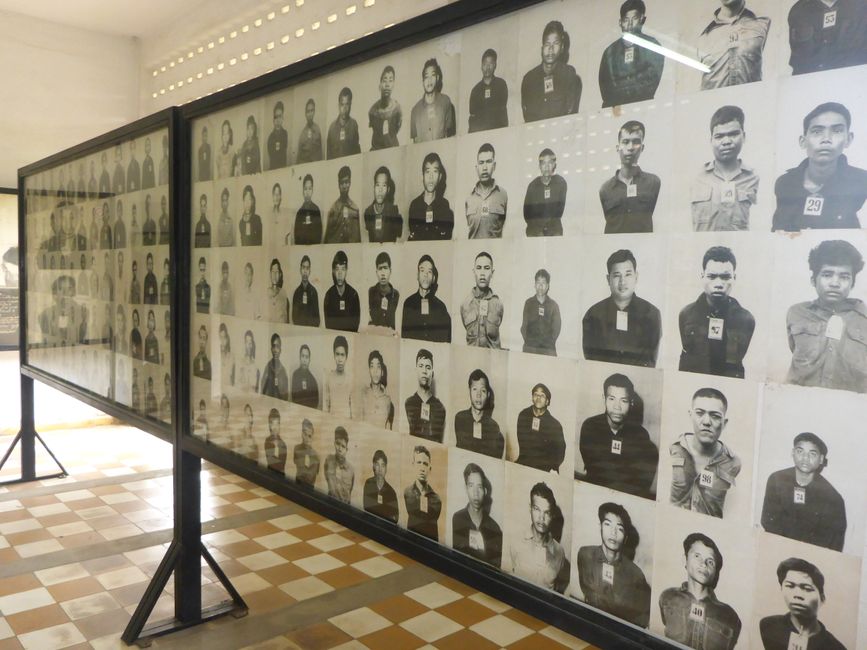
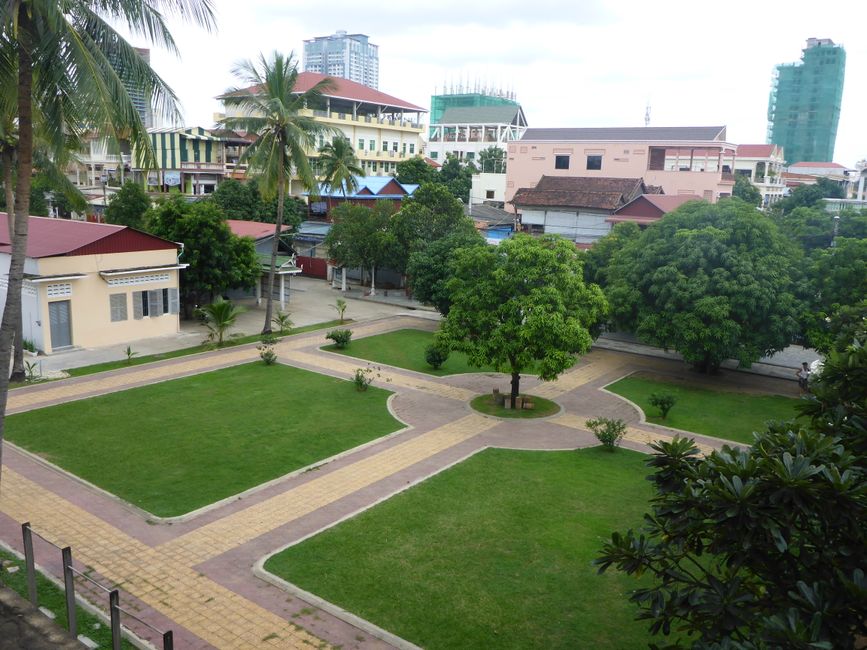
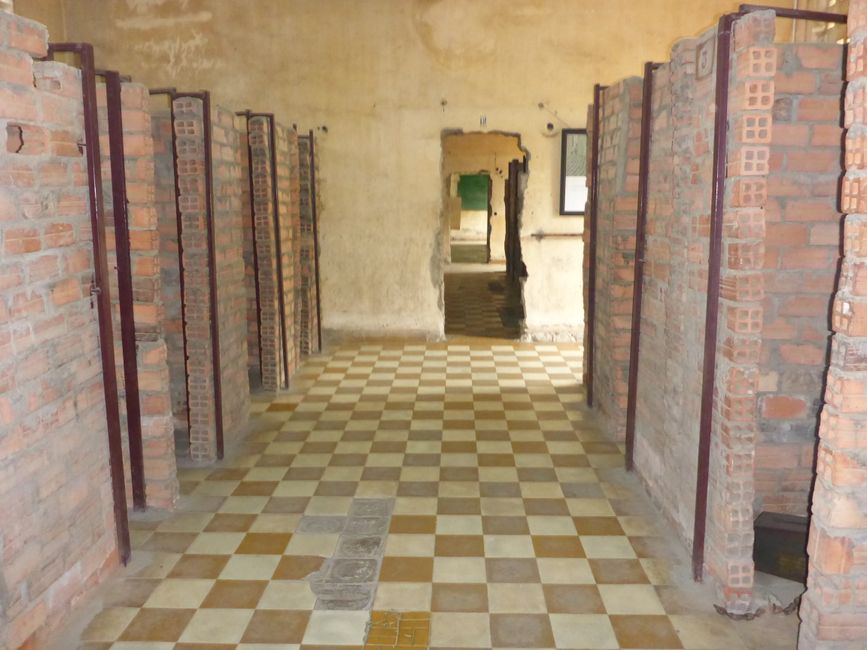
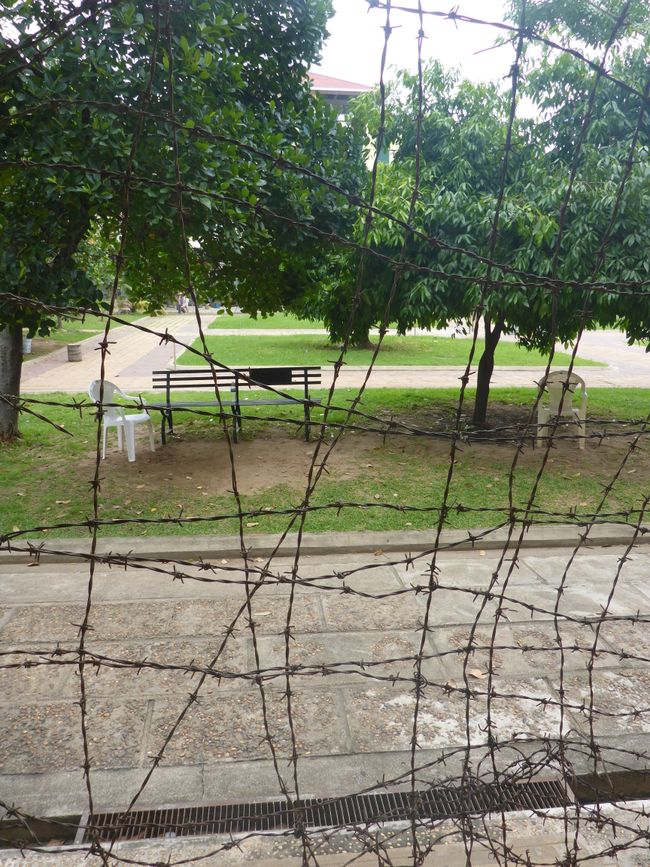
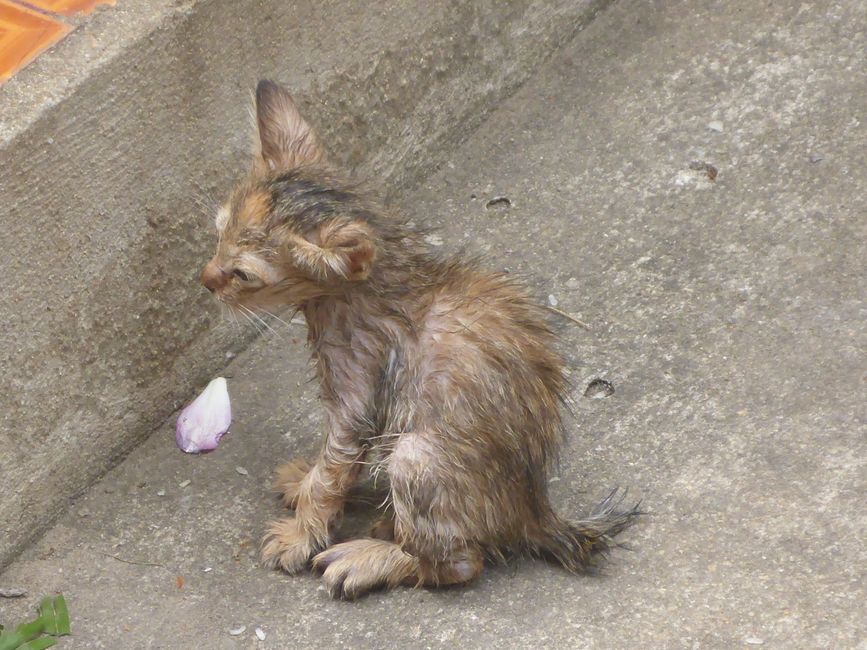
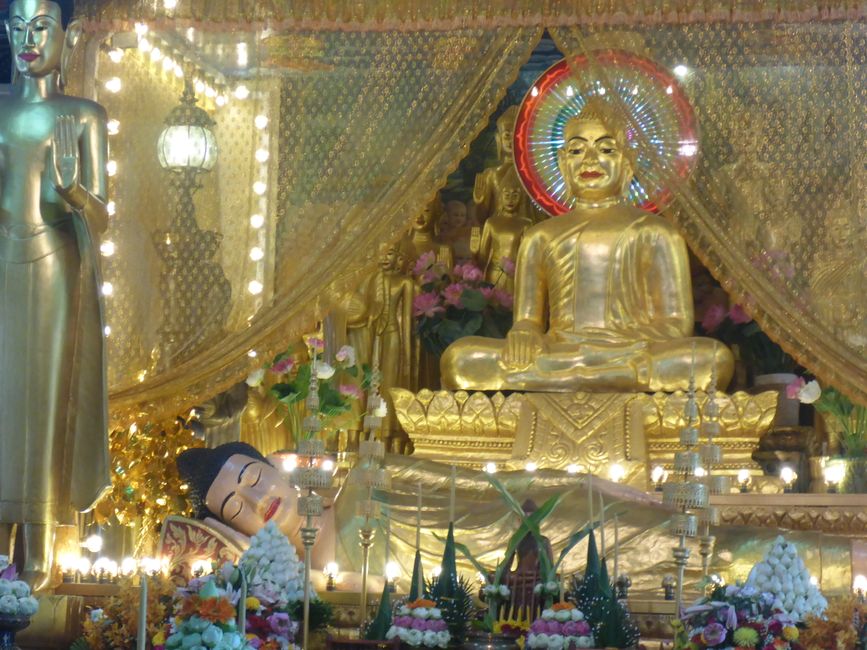

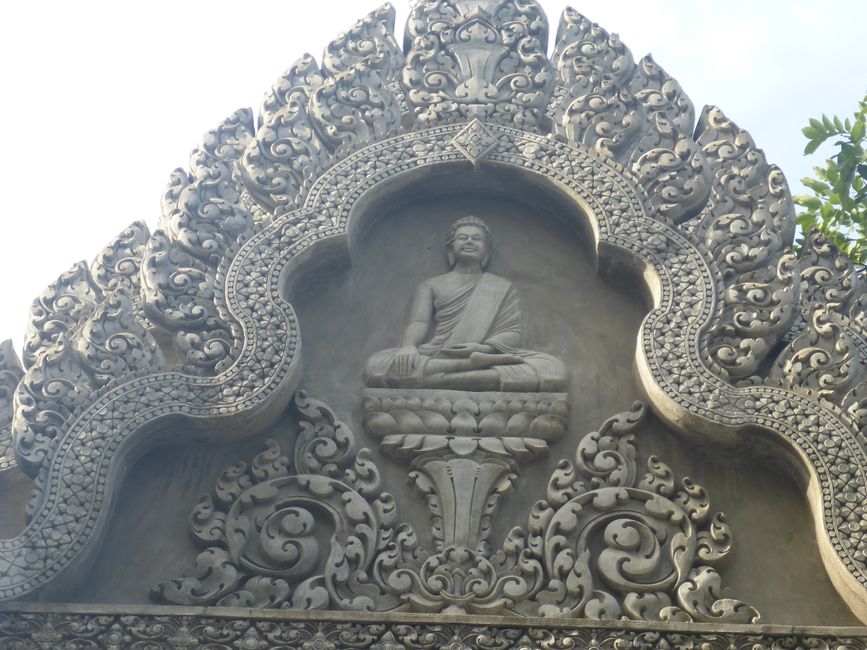
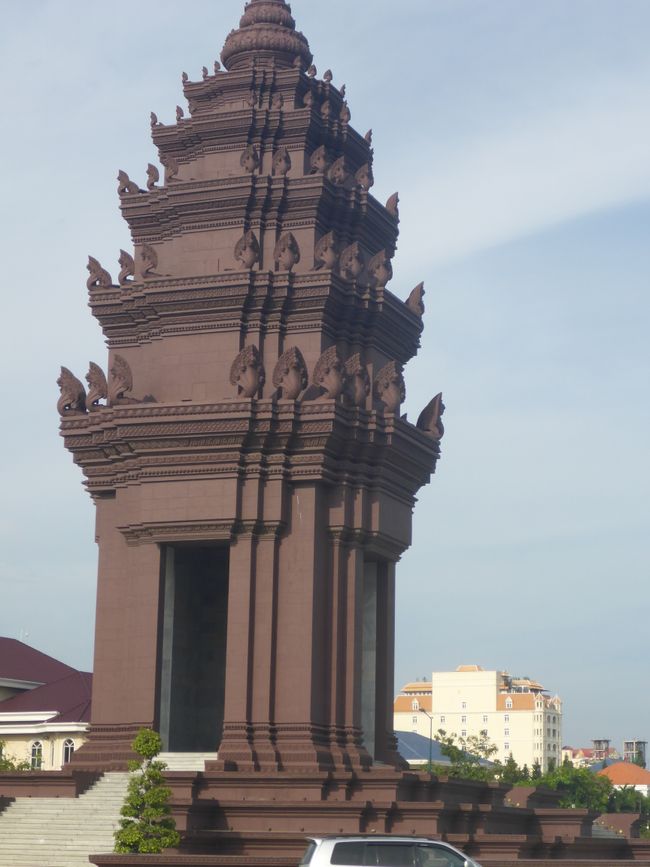
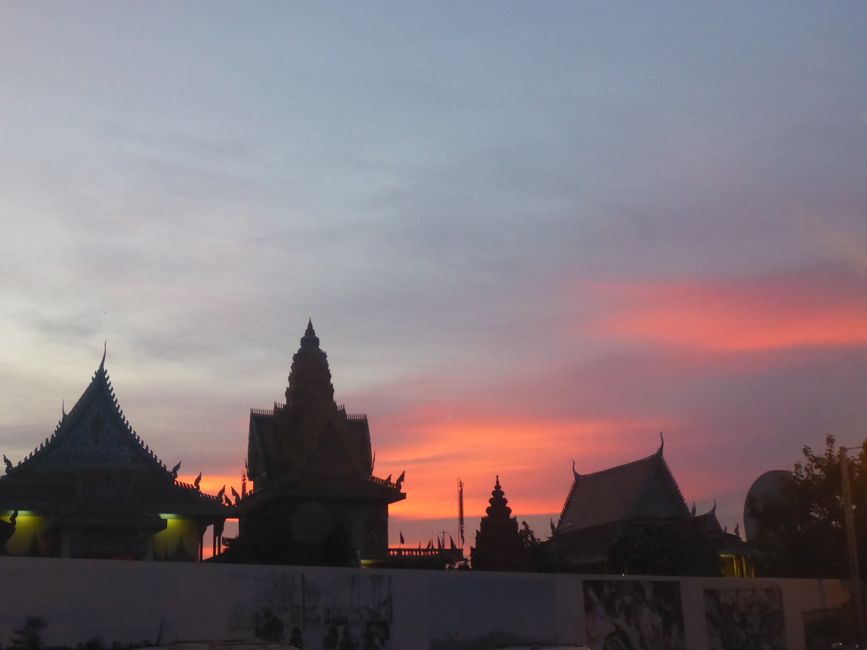
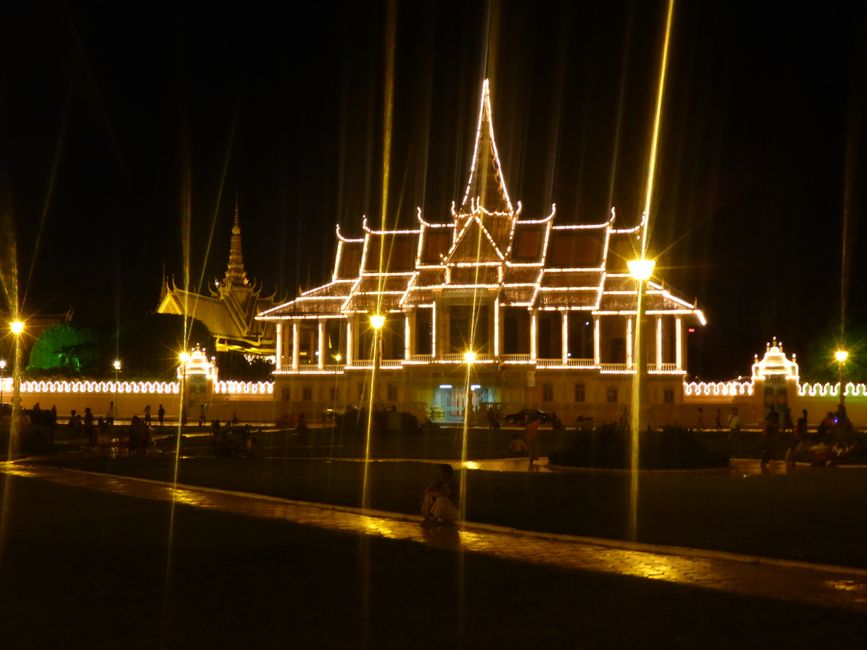
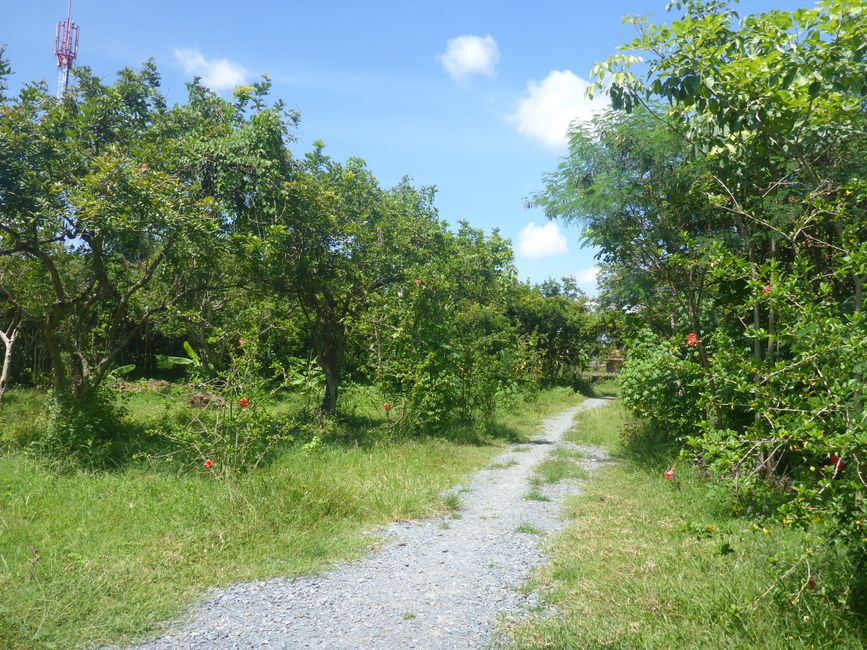
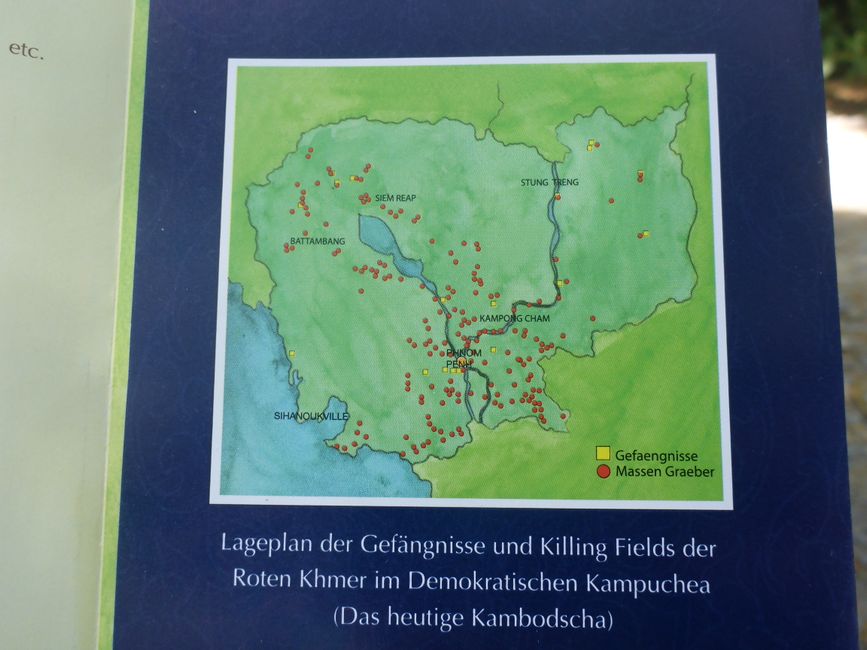
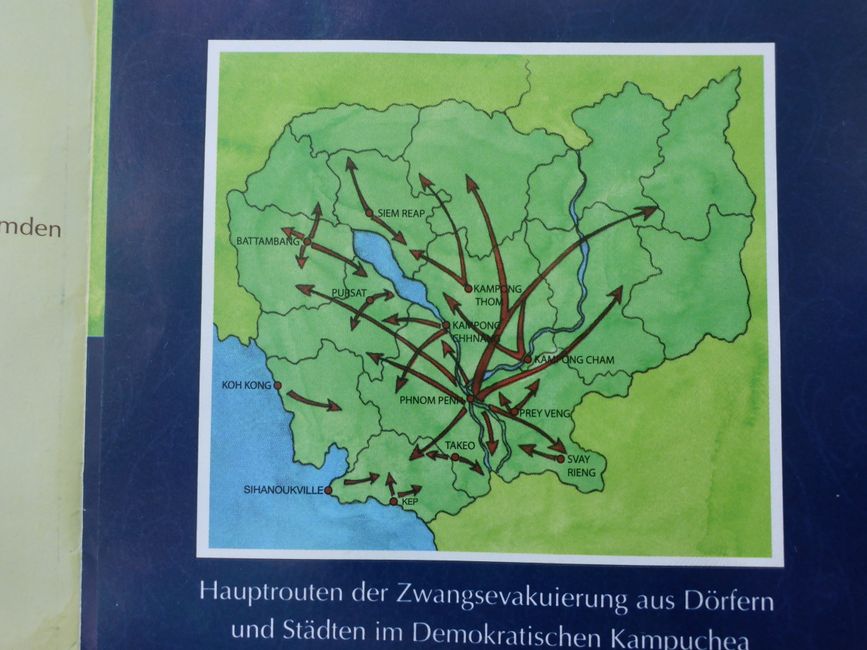
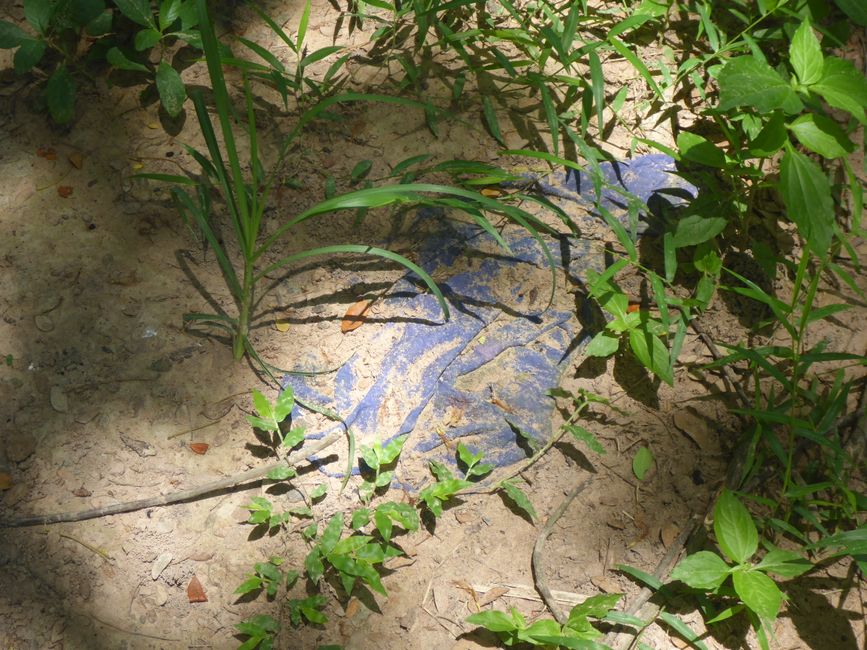
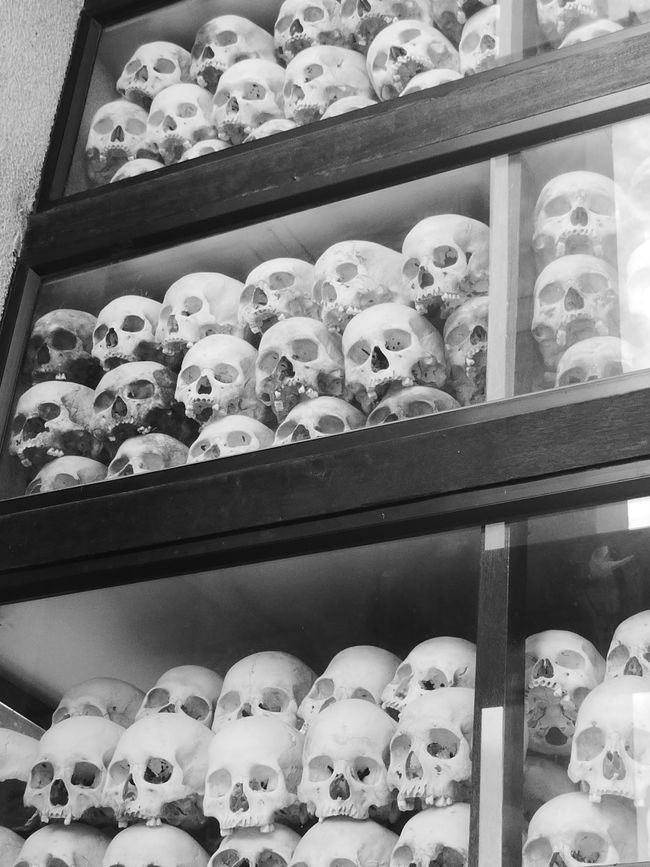

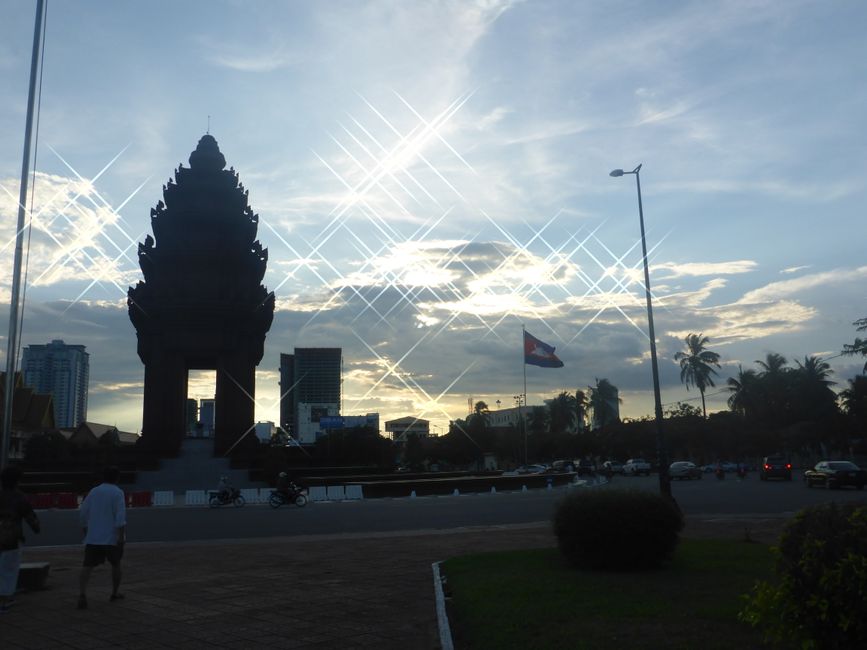
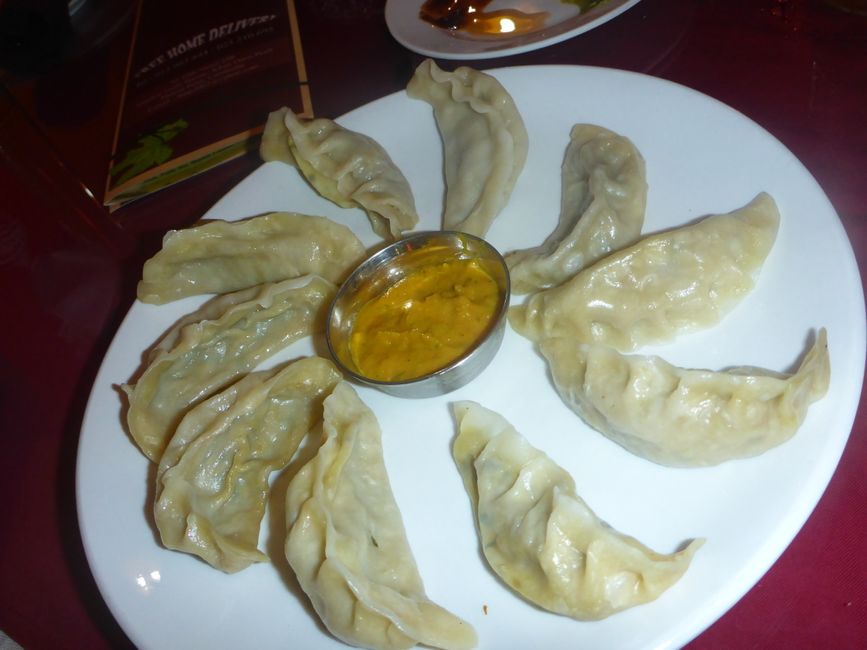
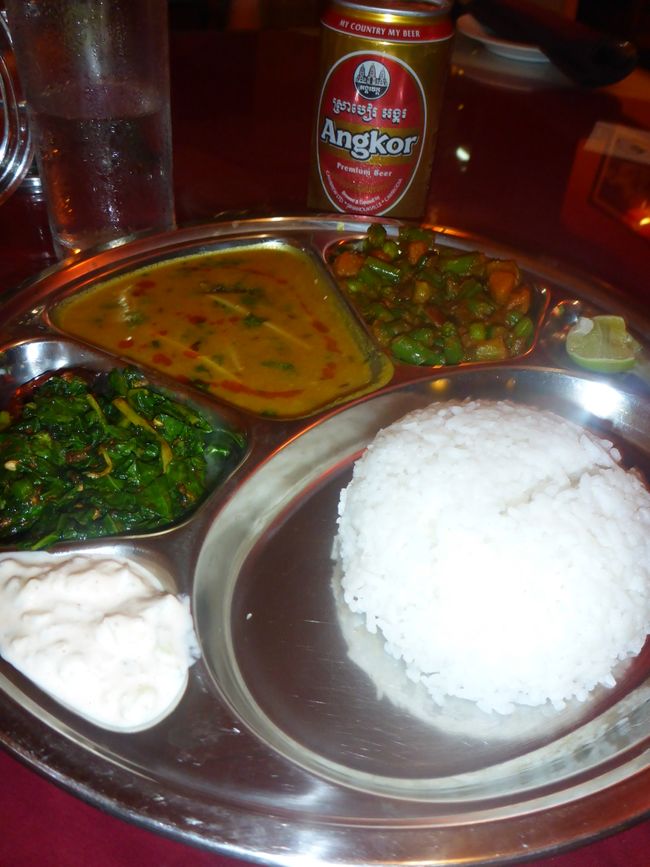
Cambodia and I, I don't know, I don't think we really fit together. Not that things are much different here than in Laos. Although everything is a bit bigger and cleaner, it is also designed to maximize tourist sales. As soon as you arrive in Siam Reap you are harassed by tuk-tuk drivers and women and children who want to sell something. It wasn't that intrusive in Laos. You could stroll along the market stalls undisturbed and choose your own driver. Due to the low season, it was also extremely quiet in the restaurants, and you were often the only guest. But apart from the initial order, there was actually no question as to whether you wanted anything else, so you had to make your own decisions. So wonderfully relaxed.
Well, now Siam Reap is the starting point for the Angkor temples, apparently the travel mecca of Asia and therefore correspondingly busy. The temples are located in a huge area that you should plan 13 days to visit. I decided on the hardcore day tour. Not only because I suspected that I wouldn't be able to enjoy temples for 3 days, but also because I would then be able to enjoy the day together accompanied by an Italian woman and of course have someone who could take photos of me in front of the temples, and vice versa.
So we started with the ultimate must, the sunrise at the Angkor Wat temple. Our tuk-tuk driver picked us up at the hostel at 4.30. It's something, really! The light and the backdrop are fantastic! Nonetheless, I was a bit disappointed with the Angkor Wat temple itself. I'm just a little hard to impress sometimes. After breakfast we went on to various other temples, which we climbed and visited despite the scorching sun (once again). It's really amazing how much energy was put into building the temples back then. The demonstration of power in the form of buildings seems to have happened everywhere and not just in good old Europe, I'm thinking of Rome for example. All in all, the temples are impressive and definitely worth a visit!
In the afternoon we visited the floating village. The village is built on boats and floats on a canal near Tonle Sap, Southeast Asia's largest lake. The population lives from fishing and every year when the dry season approaches, they have to transport the entire village out to the lake, which only measures over 12,000 square kilometers during the rainy season. The Tonle Sap offers a unique natural event. The Tonle Sap River, which flows into the Mekong in Phnom Penh, the capital, reverses its flow direction during the rainy season because the Mekong carries so much water and the lake acts as an overflow basin and swells four times as much. However, you notice that the boat trip at sunset is very much designed for tourism. The "crocodile farm", a cage measuring just 5x20 m, houses around 6 crocodiles. When asked why, the answer was because of the tourists. But there was still a beautiful sunset!
Otherwise the city has a lot to offer. I really enjoyed the night market and the pub street. Especially when in the evening all sorts of nationalities danced together all over the street. Couldn't it be so complication-free everywhere in the world?
I also had a lot of fun with my chef Chun, who introduced me to Cambodian cuisine. After visiting the market and cooking four meals together, I was more than full and enriched with a few stories and information. The dowry amount for his future wife is $2,000. He cooks in the restaurant 7 days a week, sleeps there (on the pool table) and can only drive or walk the 15 km home on some days.
I already knew that I was doing very, very well and in the past few weeks I have had tears in my eyes more than once because of how lucky I am to be able to take part in this journey and experience. Against the background of Cambodia's past, which is very clearly presented in two places in the capital and 20 km outside, it seems all the more valuable to be able to do what I want with complete freedom.
In 1975, the Khmer Rouge, especially the leader Pol Pot, violently pushed the country into the specially proclaimed Year 0, in which power was taken over, money was abolished, all intellectuals and opponents of the regime were put in prison camps and the cities were forcibly evacuated to the countryside so that the cities (some of them millions) were deserted within 5 days (!). The urban population, along with the rural farmers, had to toil 1,216 hours a day to support agrarian communism. Twice a day we ate half a bowl full of rice soup with a few grains of rice in it. Anyone who resisted or did not fit into the image due to education (wearing glasses was enough to be considered intelligent) was sent to, for example, S21, a prison that I visited in Phnom Penh, and what, ironically, had been a school before the refunctionalization was held captive, mistreated, tortured (fingernails torn out, nipples cut off, beatings, electric shocks, etc.) over the course of the 4-year reign of terror, from the perspective of those in power, it was necessary to eliminate more and more opponents of the regime, so that a previously existing Chinese cemetery was in front of the City was converted into the Killing Fields whose sole purpose was to kill people in the most barbaric ways. In order to save valuable pistol bullets, people were beaten to death in the dark in front of the excavated mass graves with every agricultural implement imaginable and pushed into the grave. The screams were drowned out by music coming from a loudspeaker, along with the intrusive, pounding sound of the power generator.
Today's memorial, which also represents the over 150 killing fields that were found in the country after the liberation, is a surreally beautiful park with a lake and fruit trees. It is unbelievable what genocide was carried out against our own people here and everywhere in the country! During the short time the Khmer Rouge was in power, around 1,72.2 million people, i.e. a quarter of the population, were murdered or died as a result (hunger, hygiene, etc.).
The audio guide reports on individual fates that are already giving me a huge lump in my throat. The mass graves, which were successively dug and the bodies examined and prepared for storage in the stupa, number around 20,000 people in total. After about half of the corpses were buried, it was decided to let the dead rest in this place. Bones and pieces of clothing repeatedly come to the surface in the rain, which the employees collect and store. The grisly highlight of the tour is by far a huge tree on which babies and small children were smashed. As mentioned, there are bones of around 10,000 people in the stupa.
After liberation by the Vietnamese, who actually wanted to claim the country for themselves, the leaders of the Khmer Rouge fled into exile in order to regroup there. It is unimaginable that the United Nations, including the USA and Germany, recognized the government and the Khmer Rouge until the 1990s!
It feels like our German history has been chewed over so often in school and is still present in people's minds because something like this shouldn't happen again. At the same time, it has always been so long ago for our generation. This brutality in Cambodia was less than 40 years ago and there are even more recent examples of genocides such as Rwanda and Bosnia. The experiences are still very present for the Cambodians and it will certainly take a long time until this part of the story is processed.
A spontaneous moment was very nice when I was allowed to attend a holiday ceremony. I found it particularly impressive that good English is spoken here on every corner. I highly doubt that tourists in downtown Mainz would get such clear answers! Even though the people here (be it on the bus with their cell phones or with the subtle ulterior motive of doing more business) are pretty chatty talkers, but are mostly nice, open and curious, I have to admit that based on my impression of the few days doesn't necessarily have to come back here.
Jawab
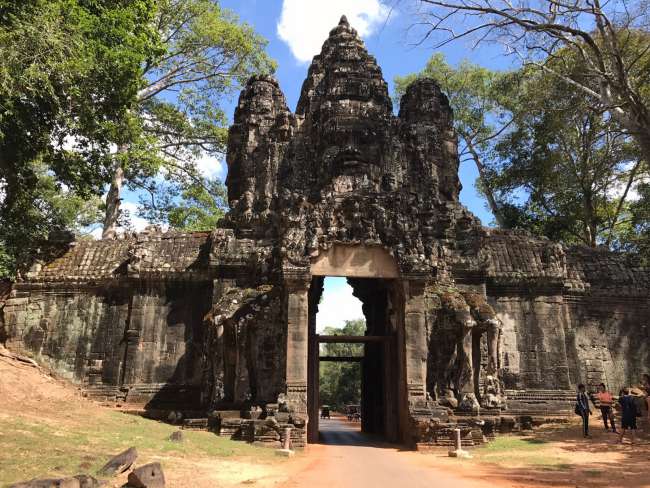
Laporan perjalanan Kemboja
